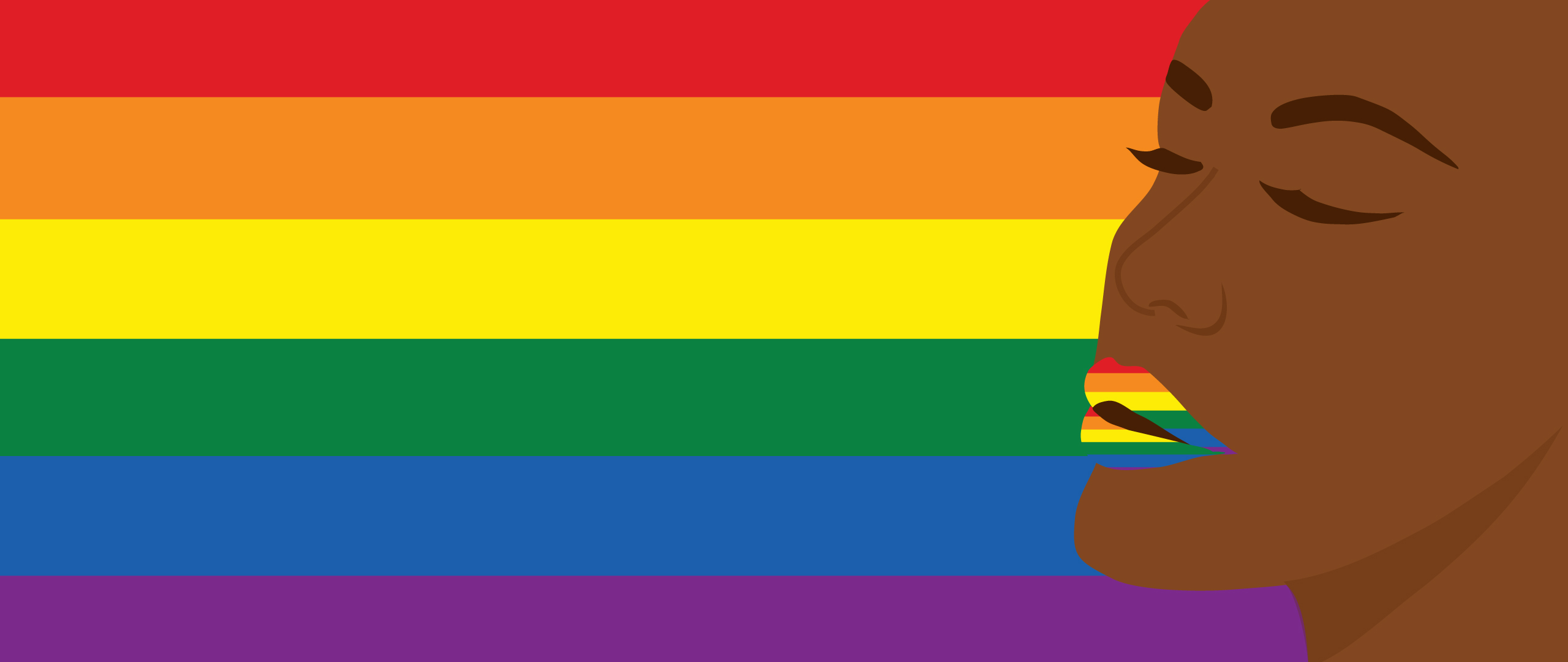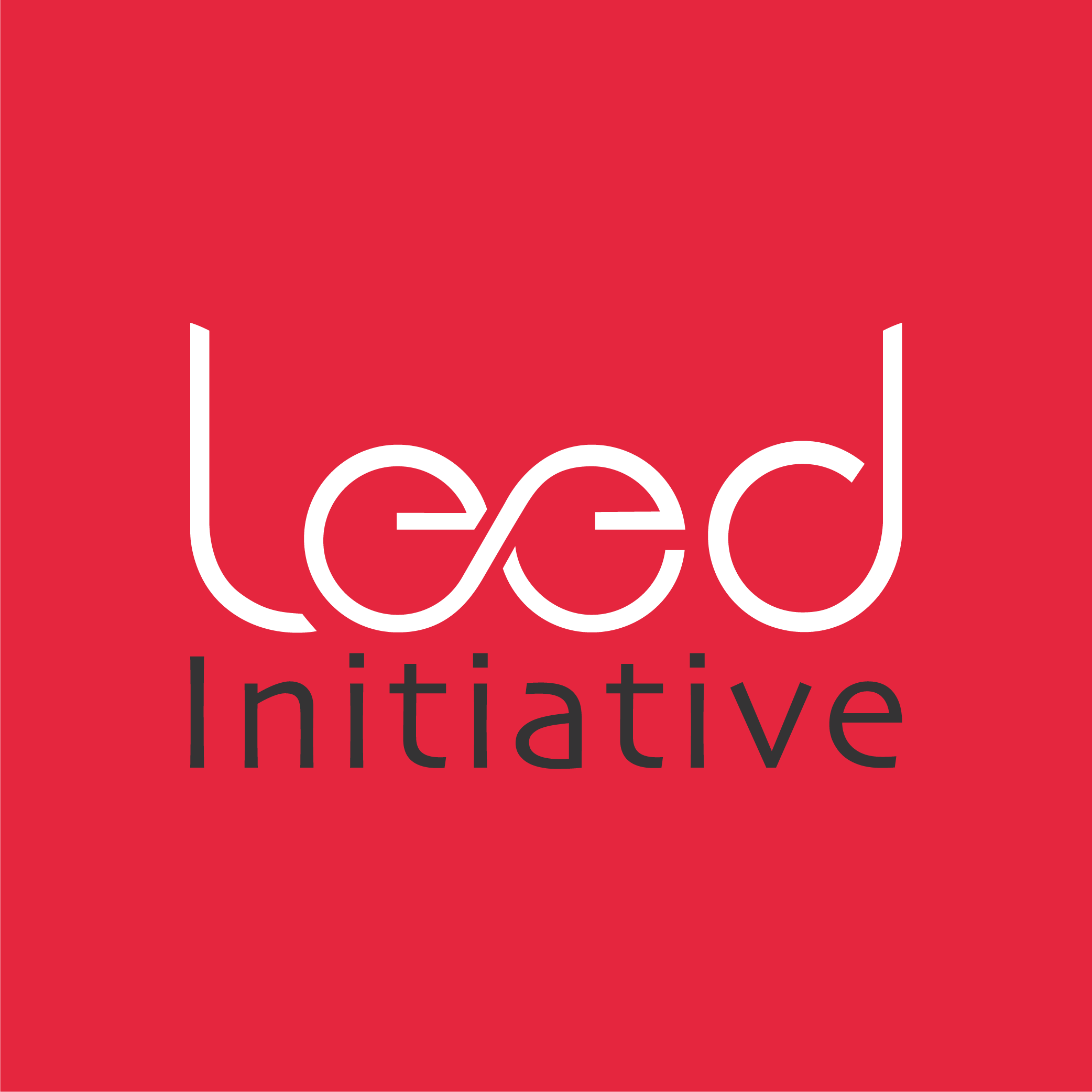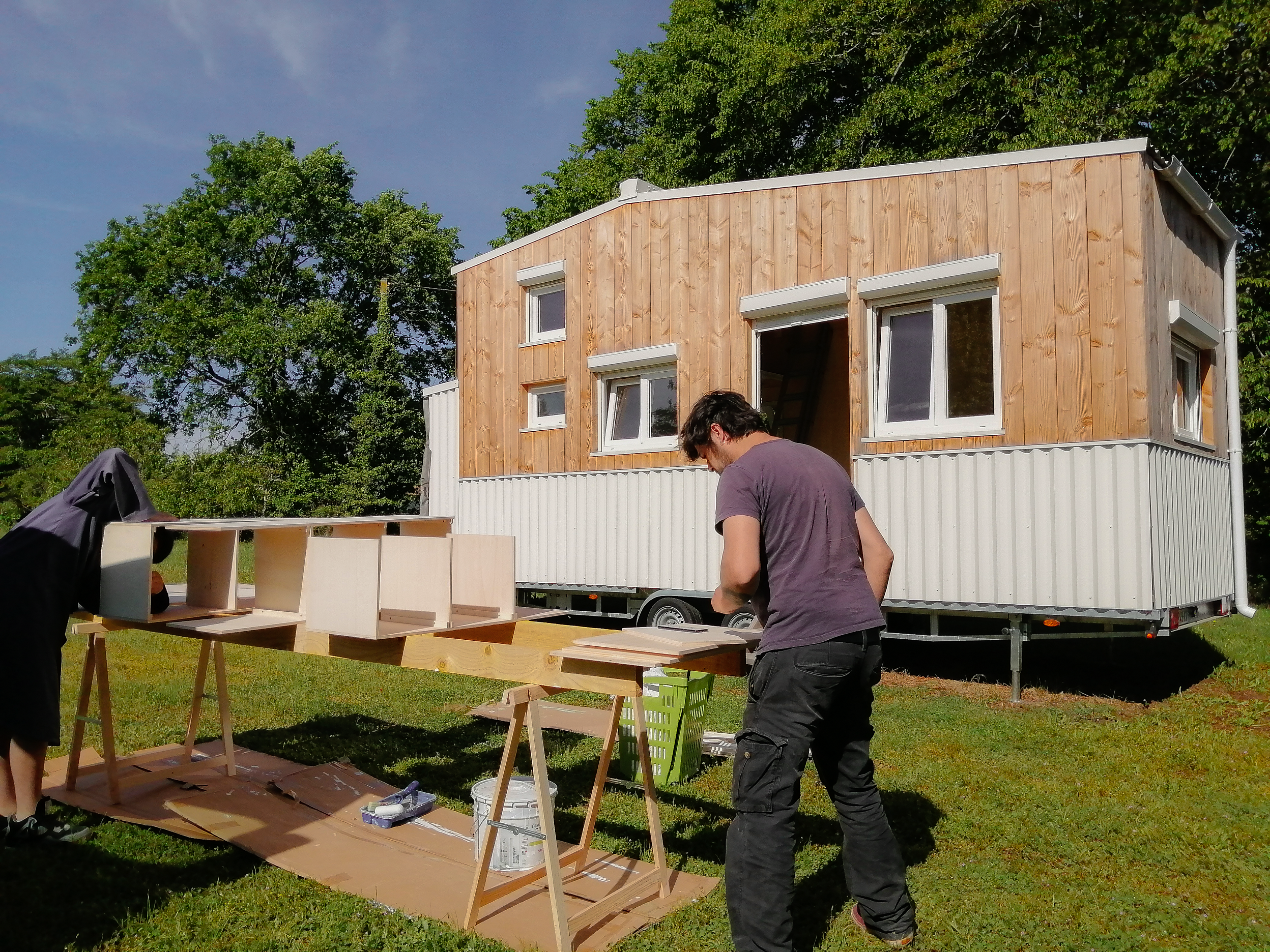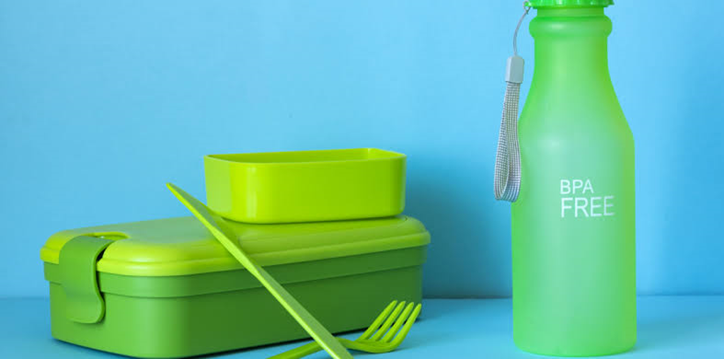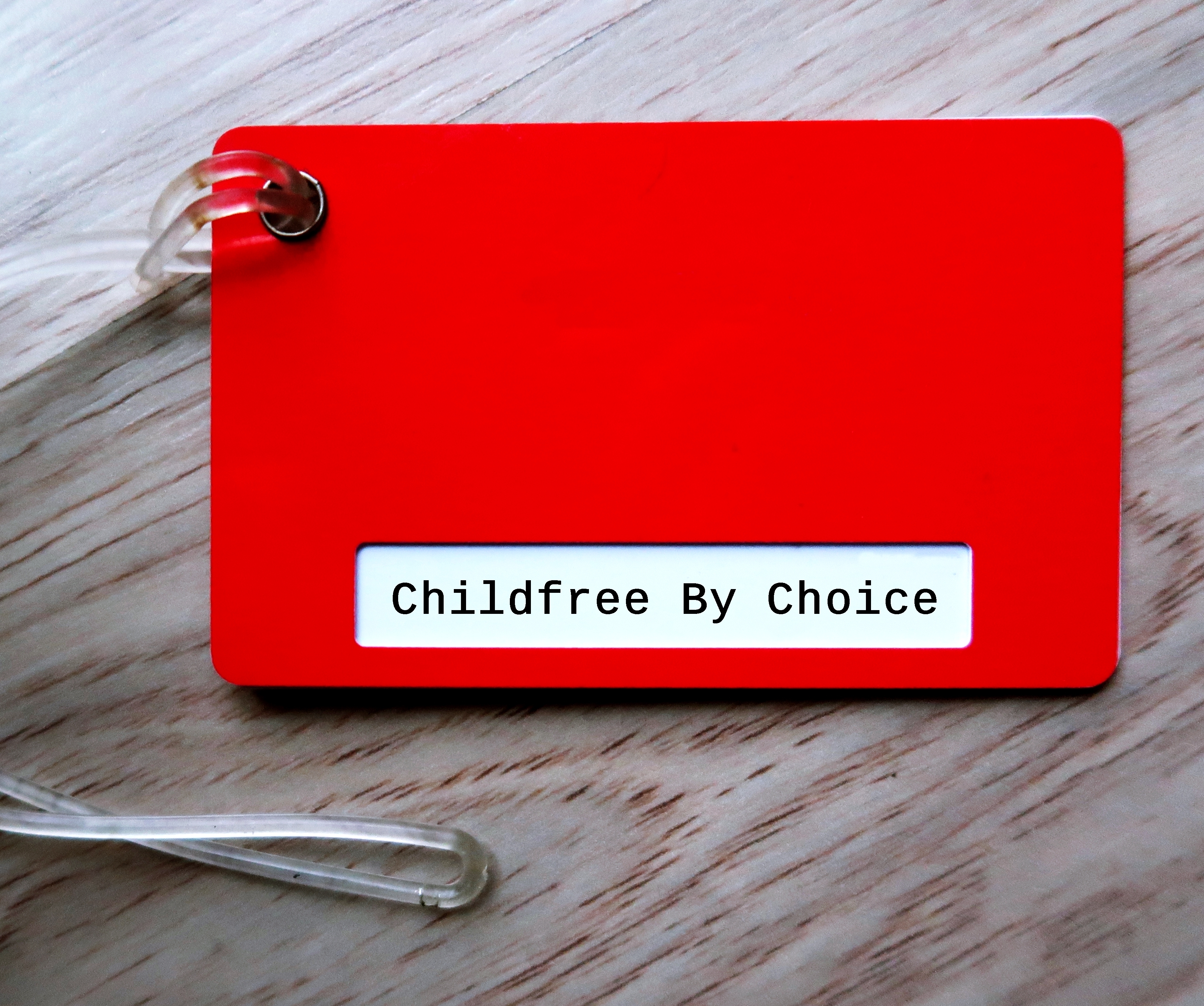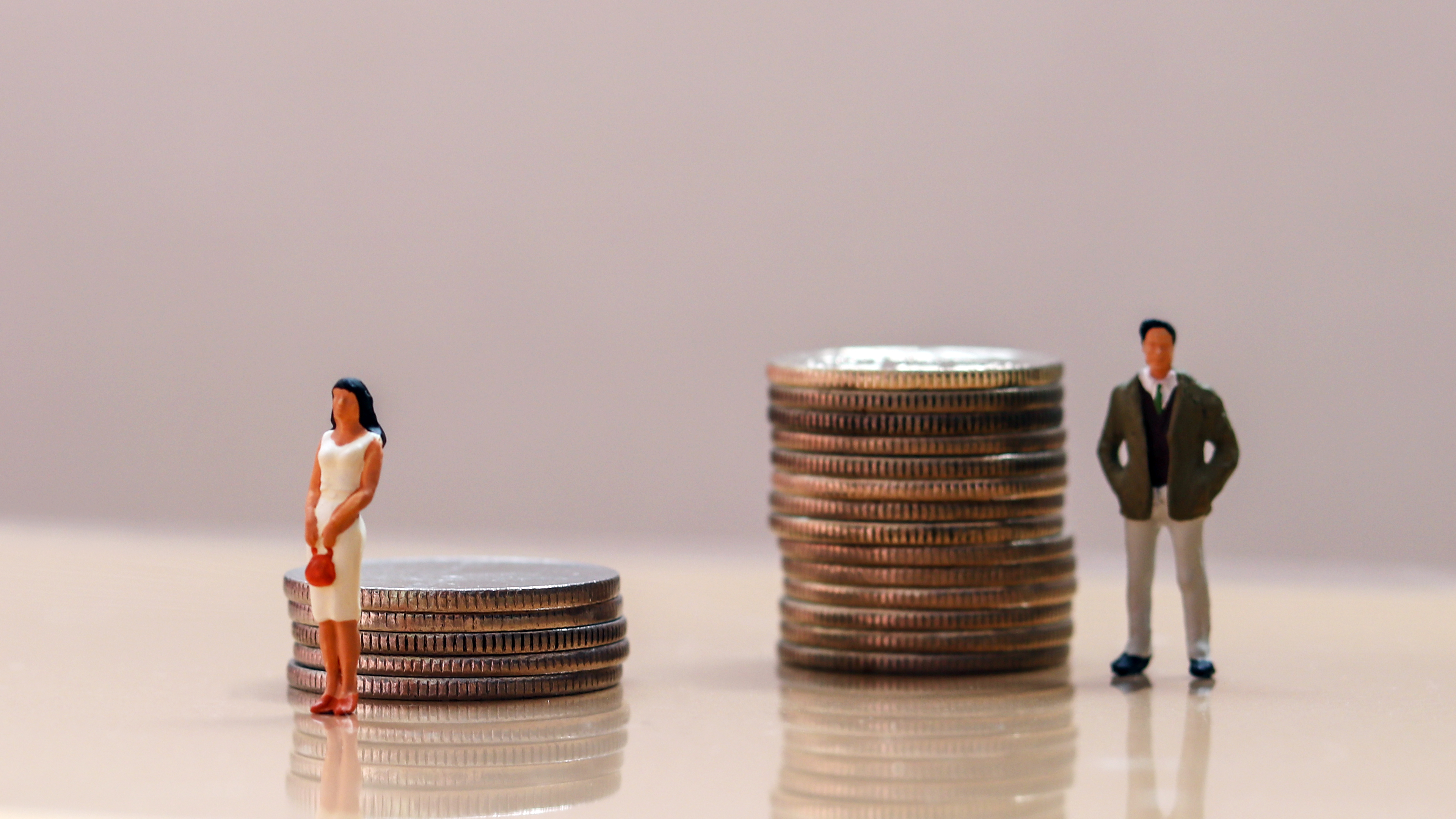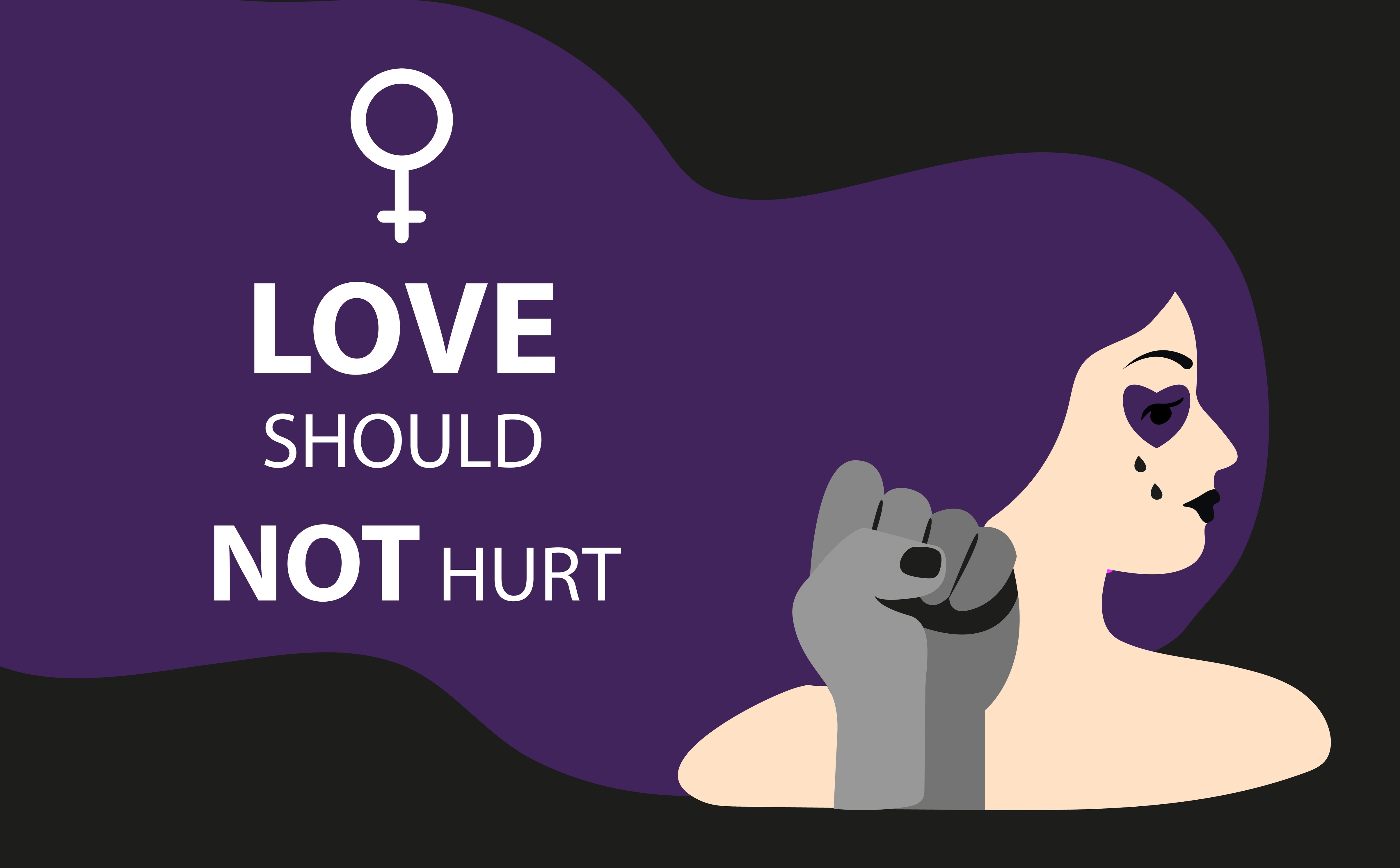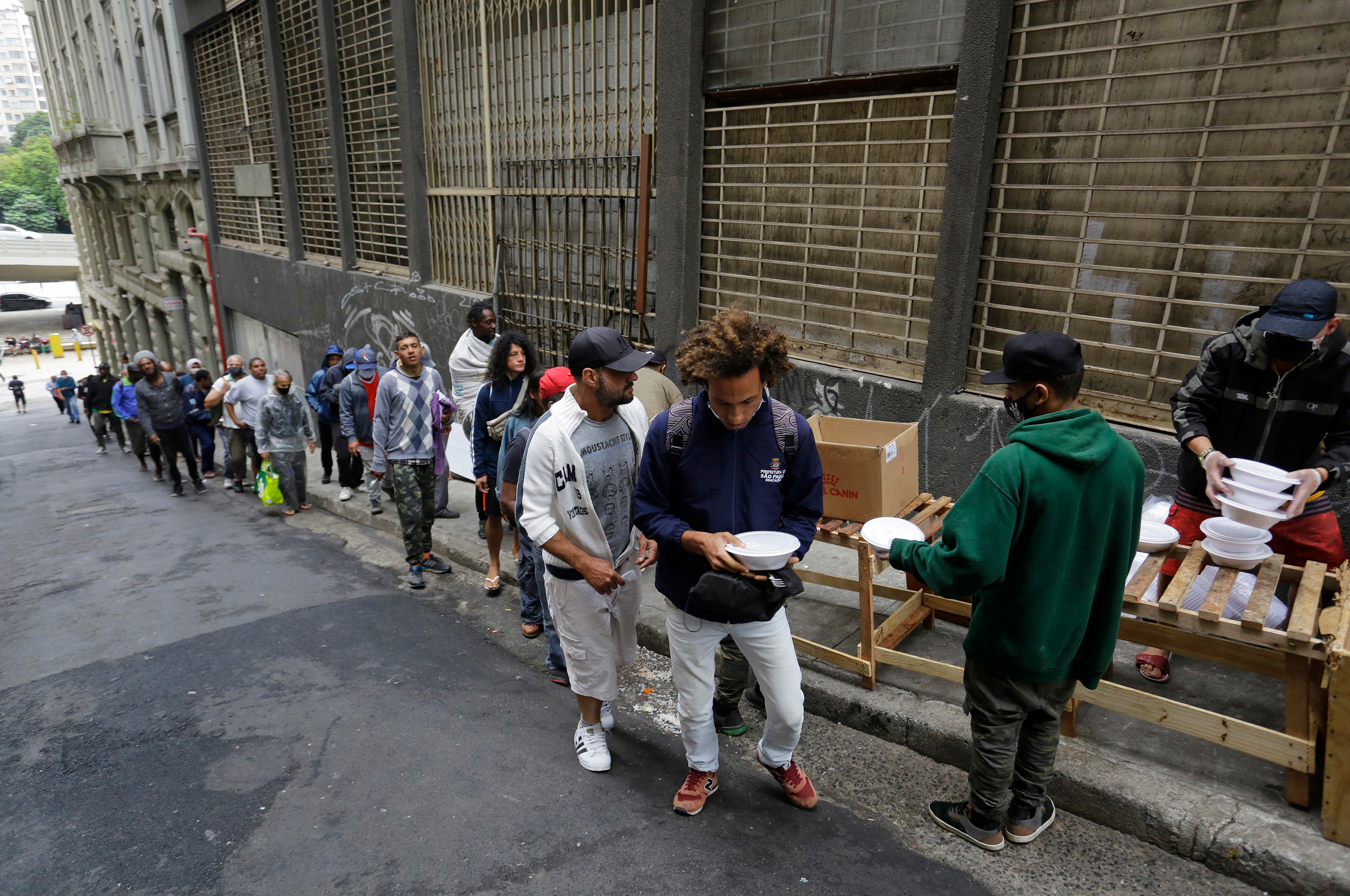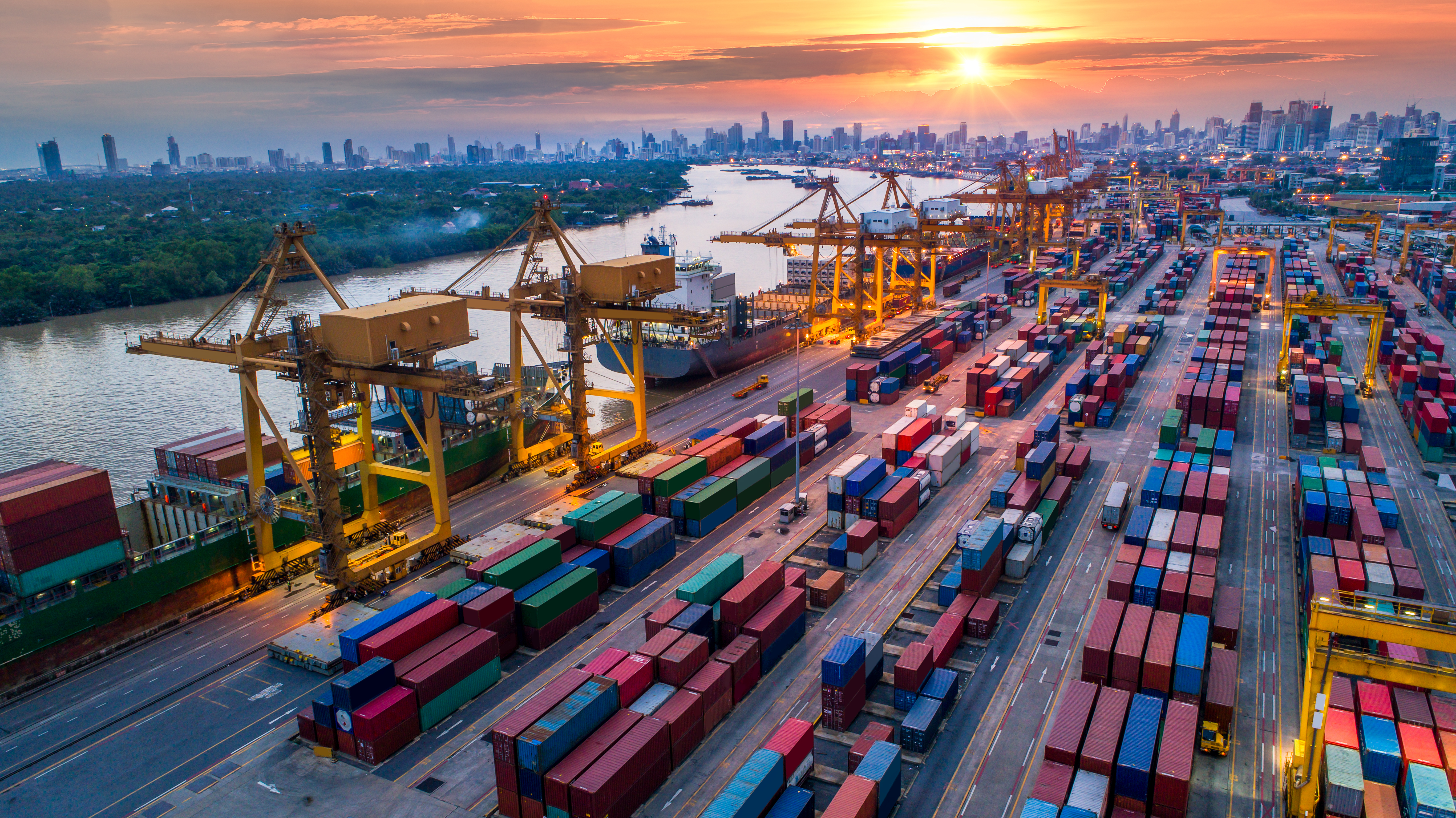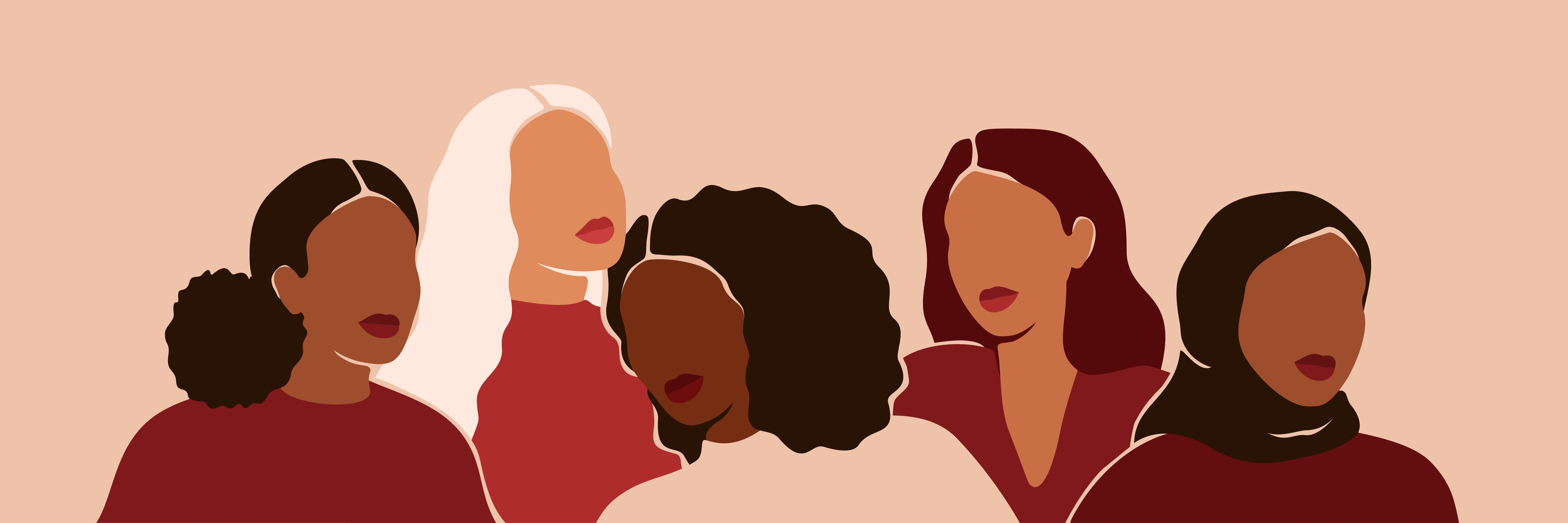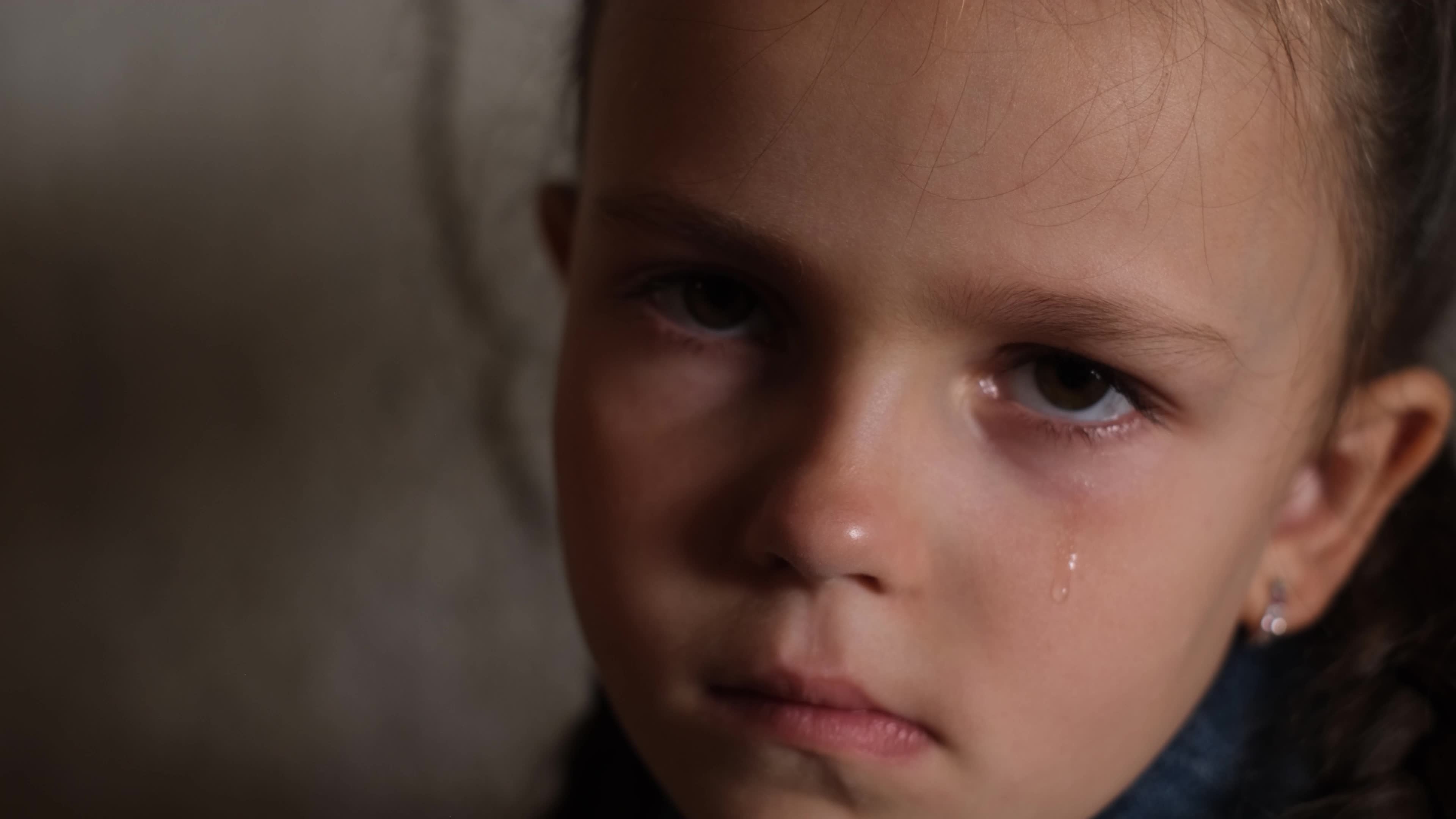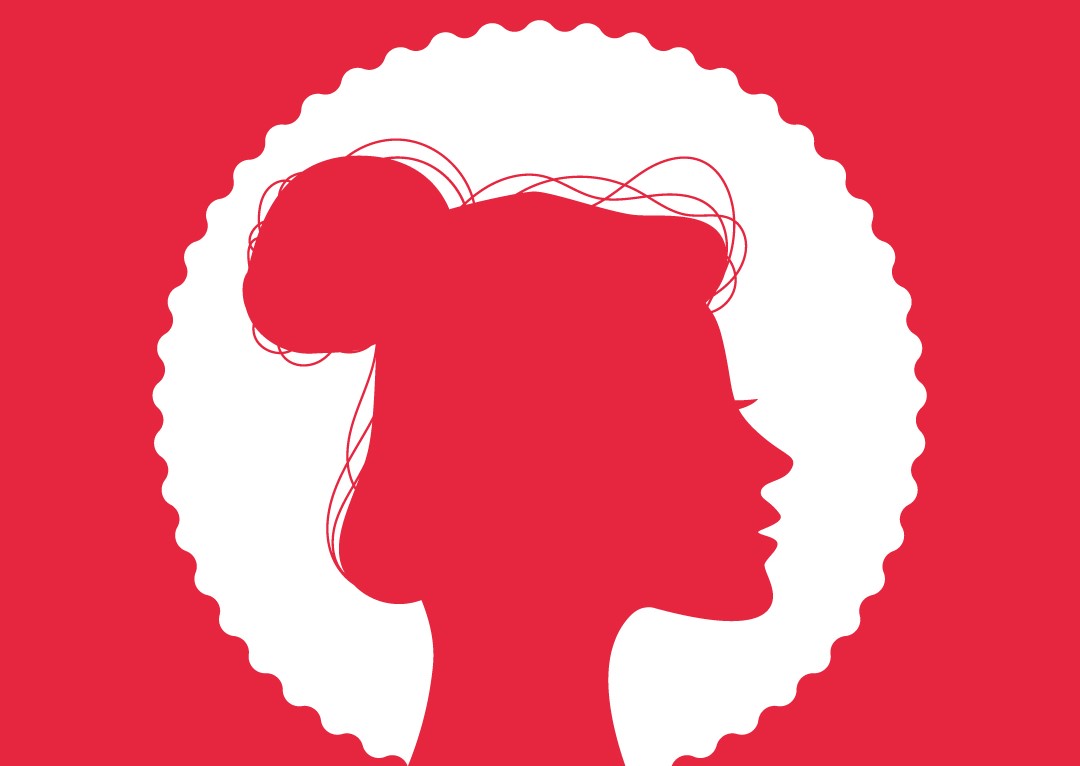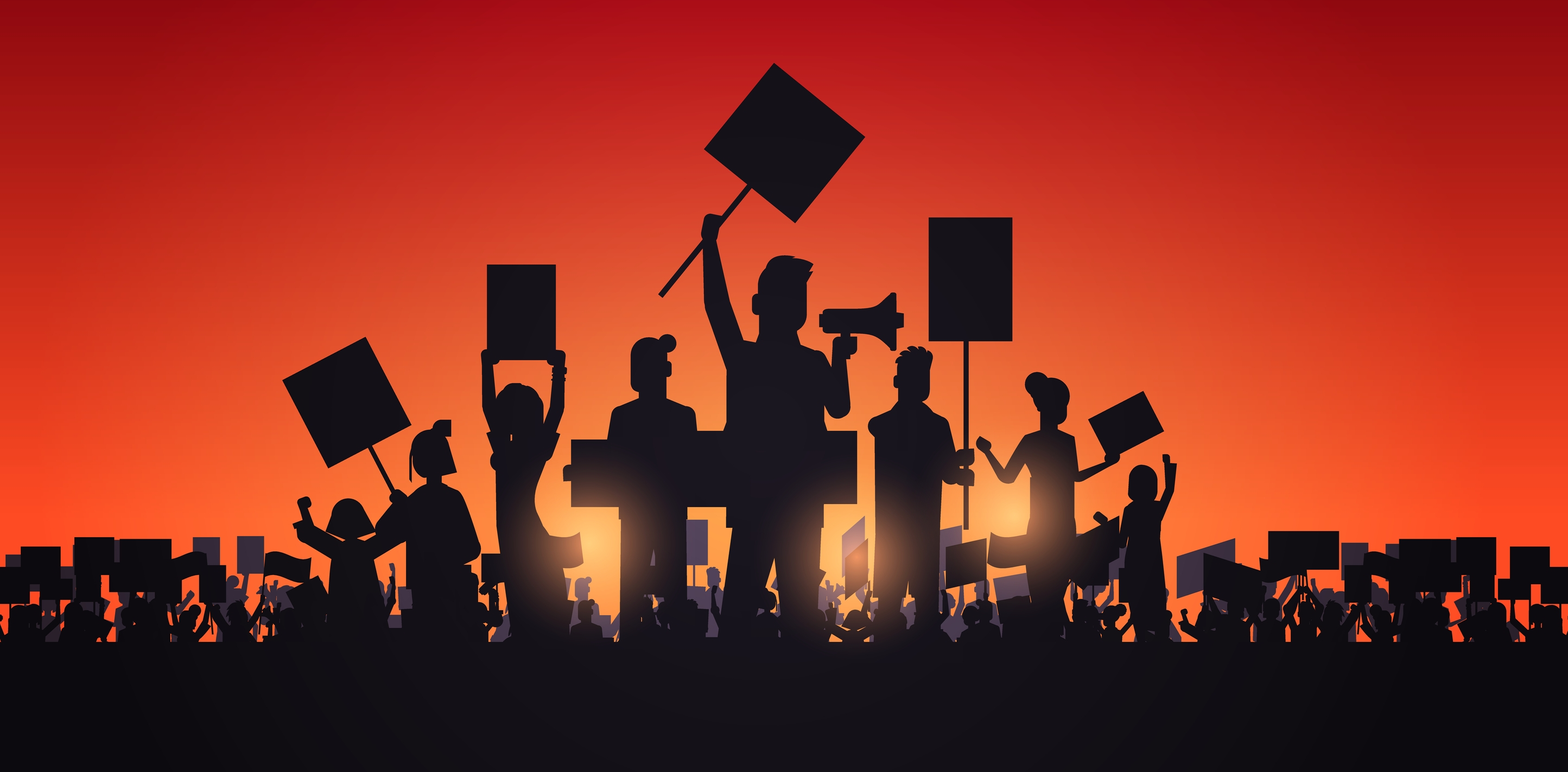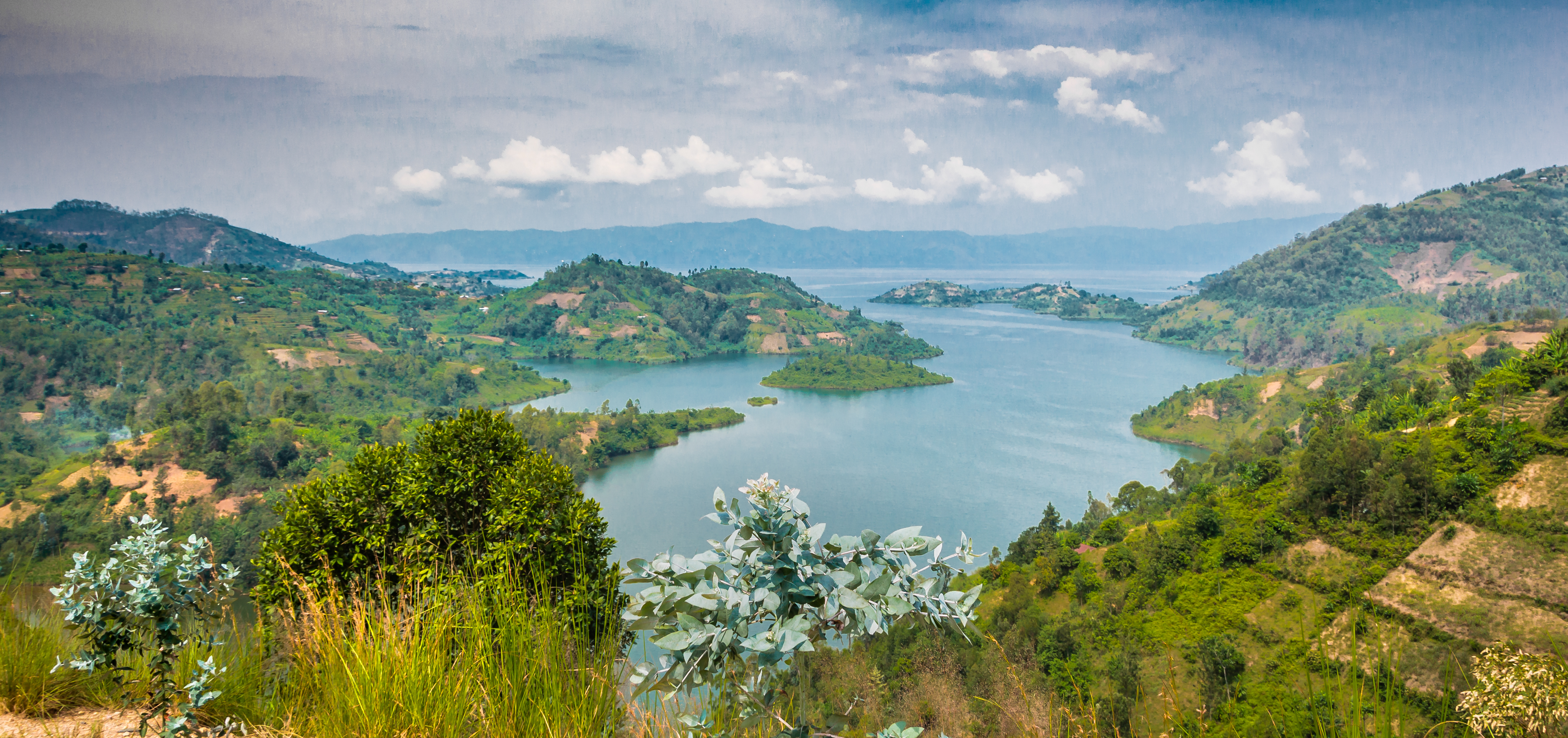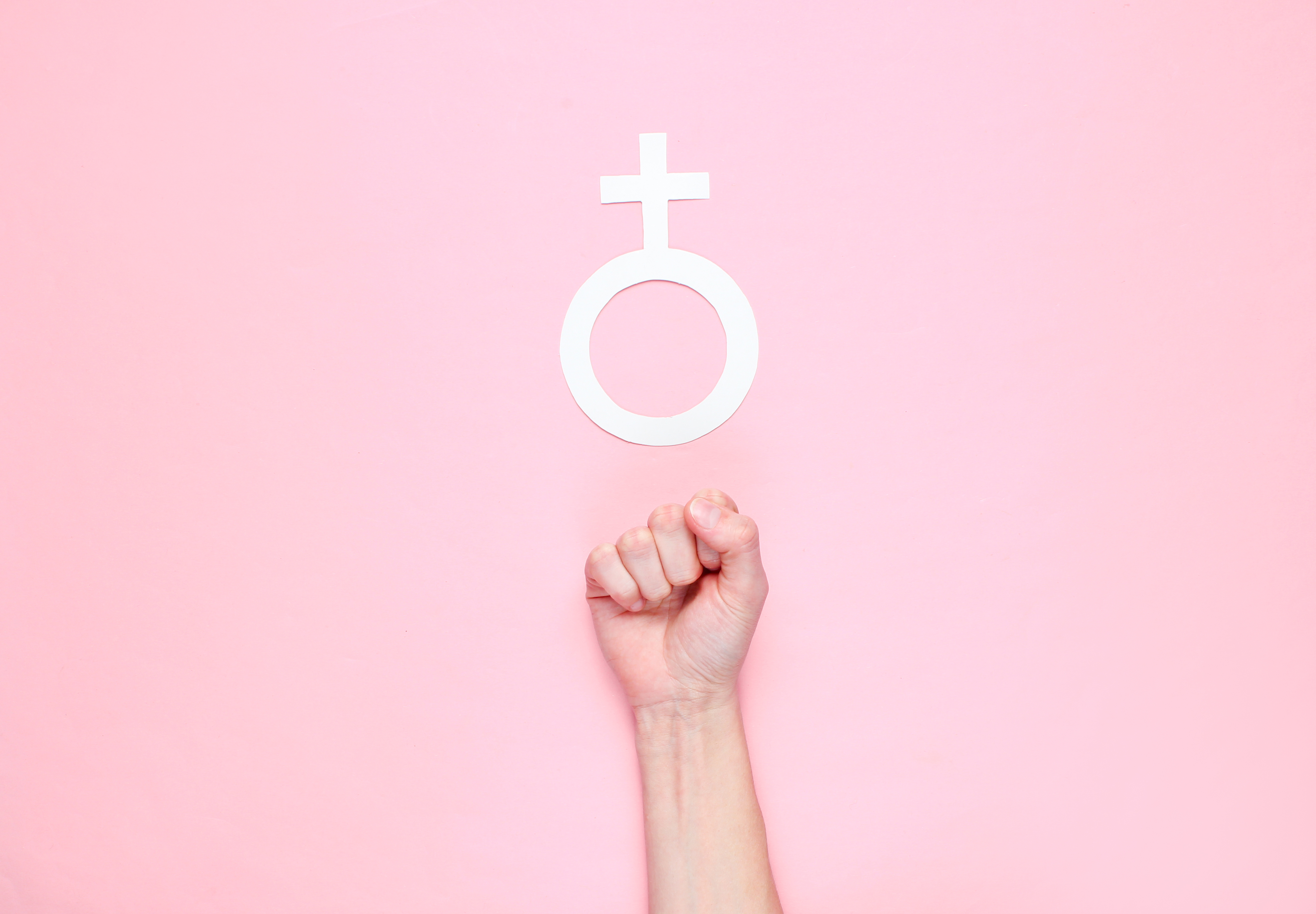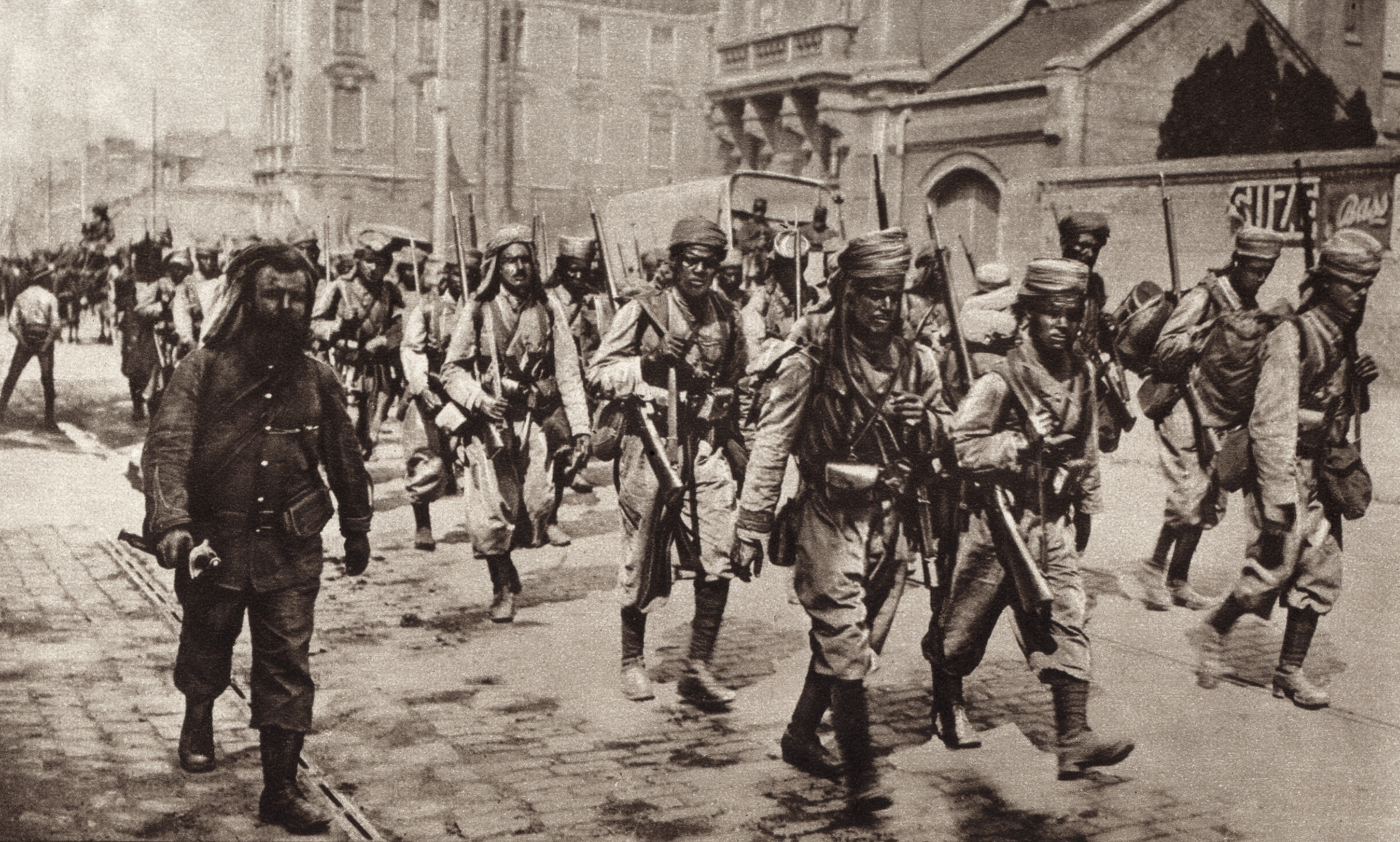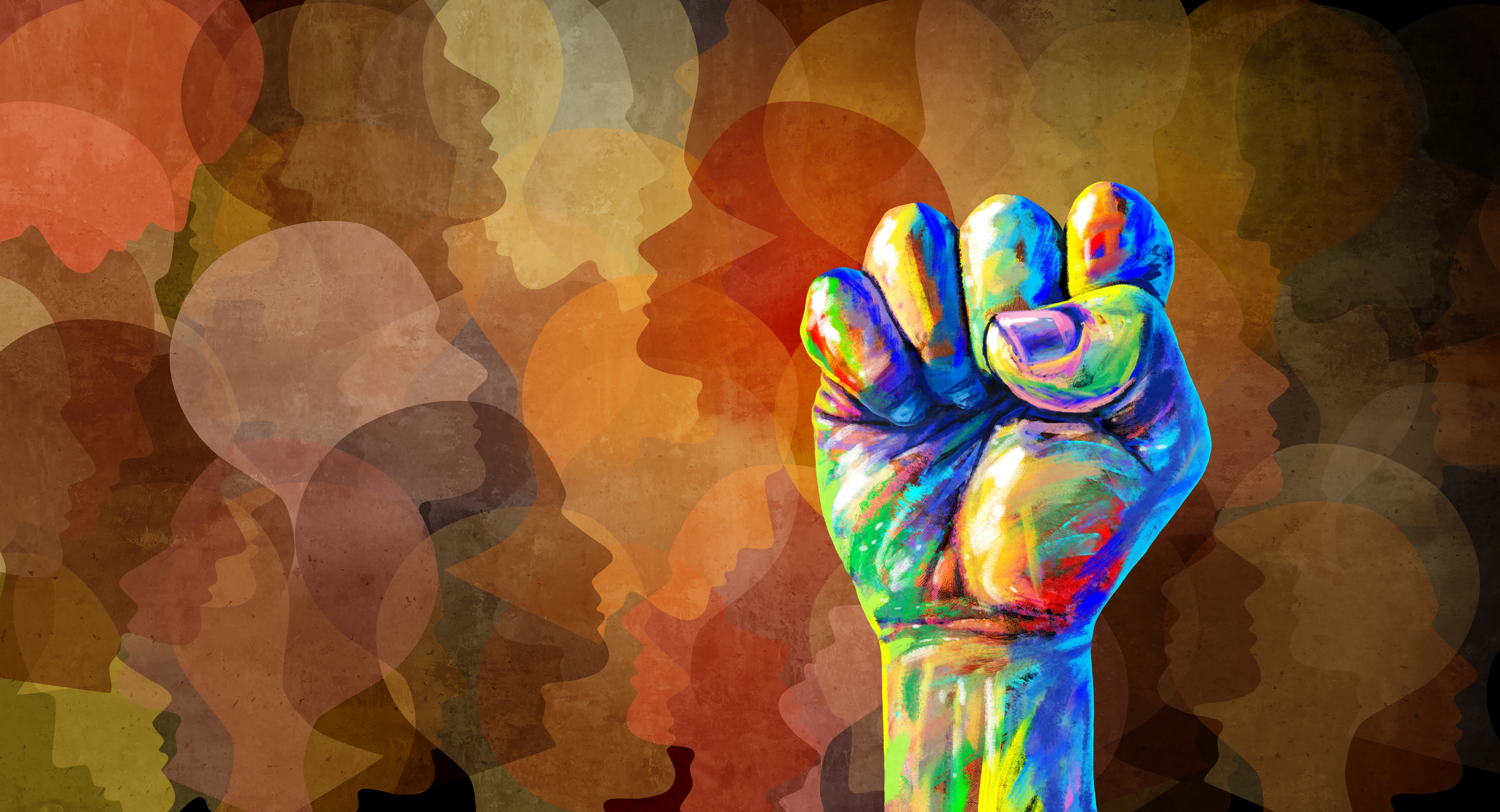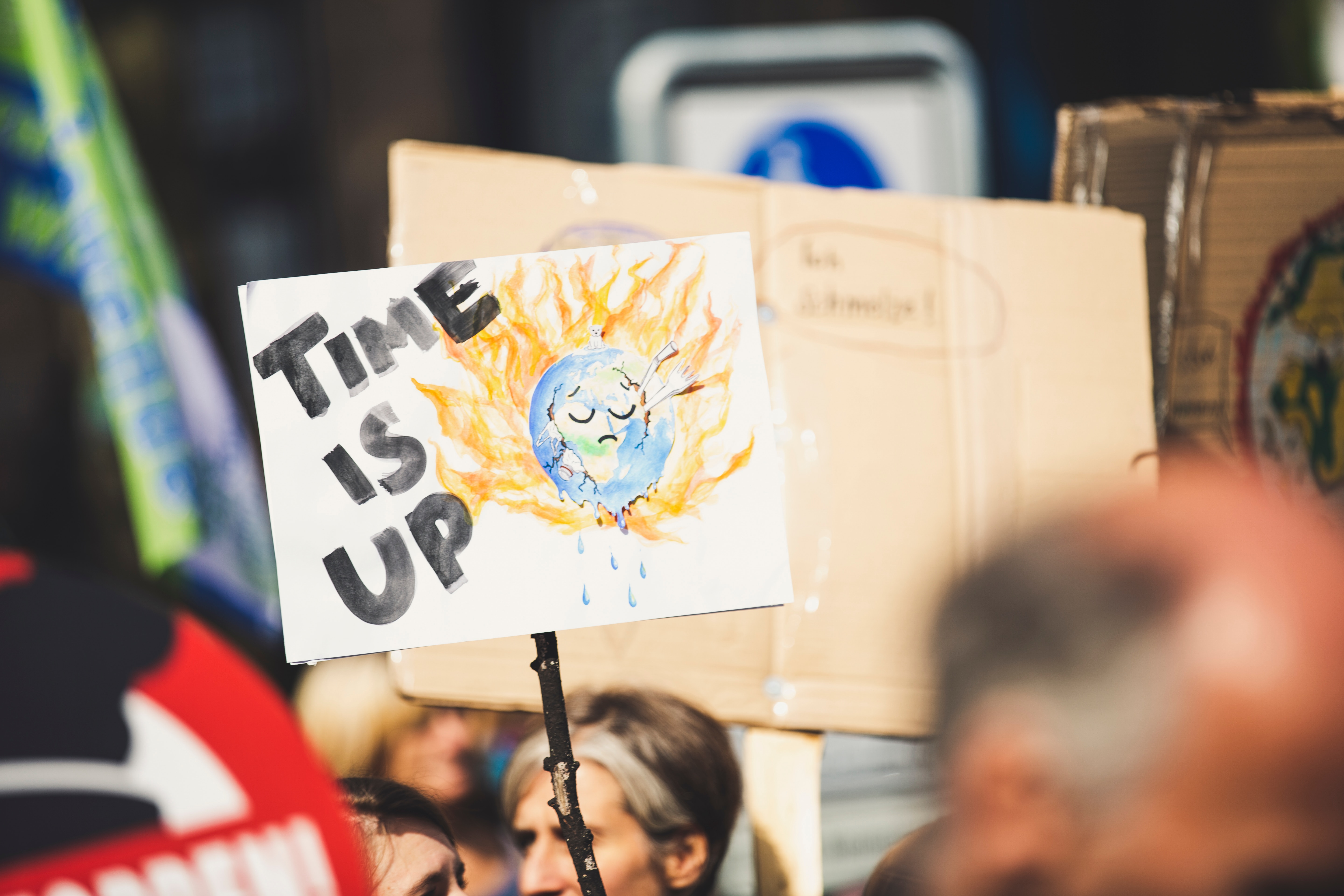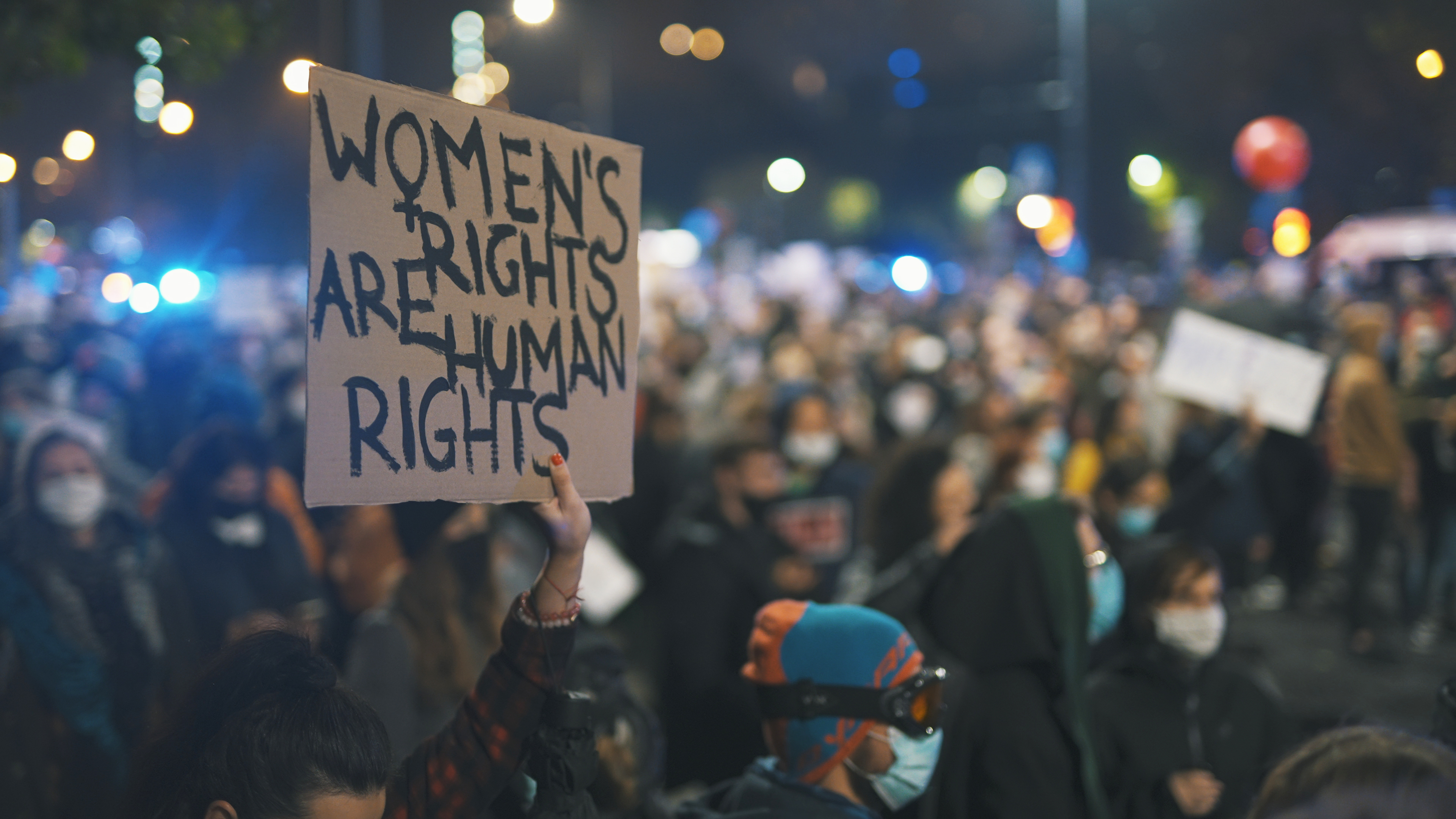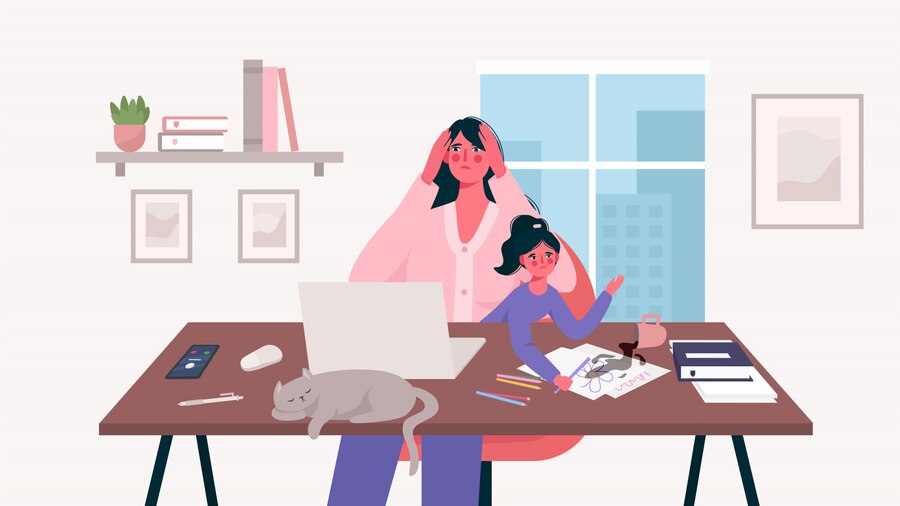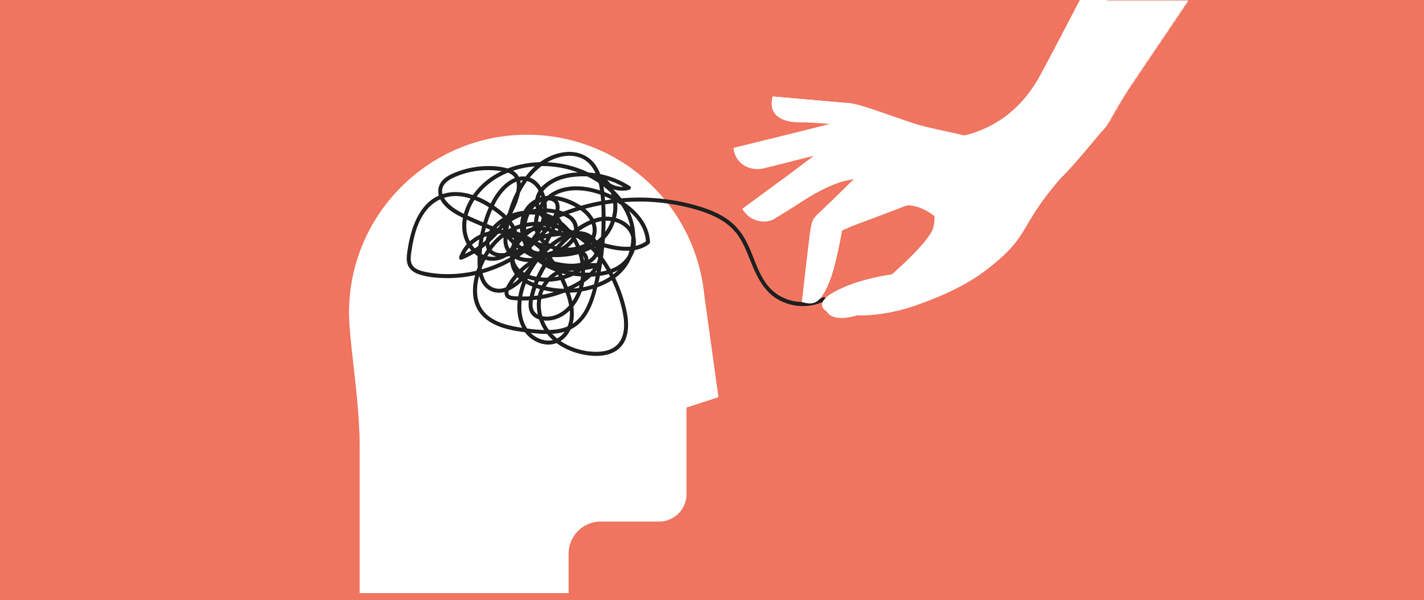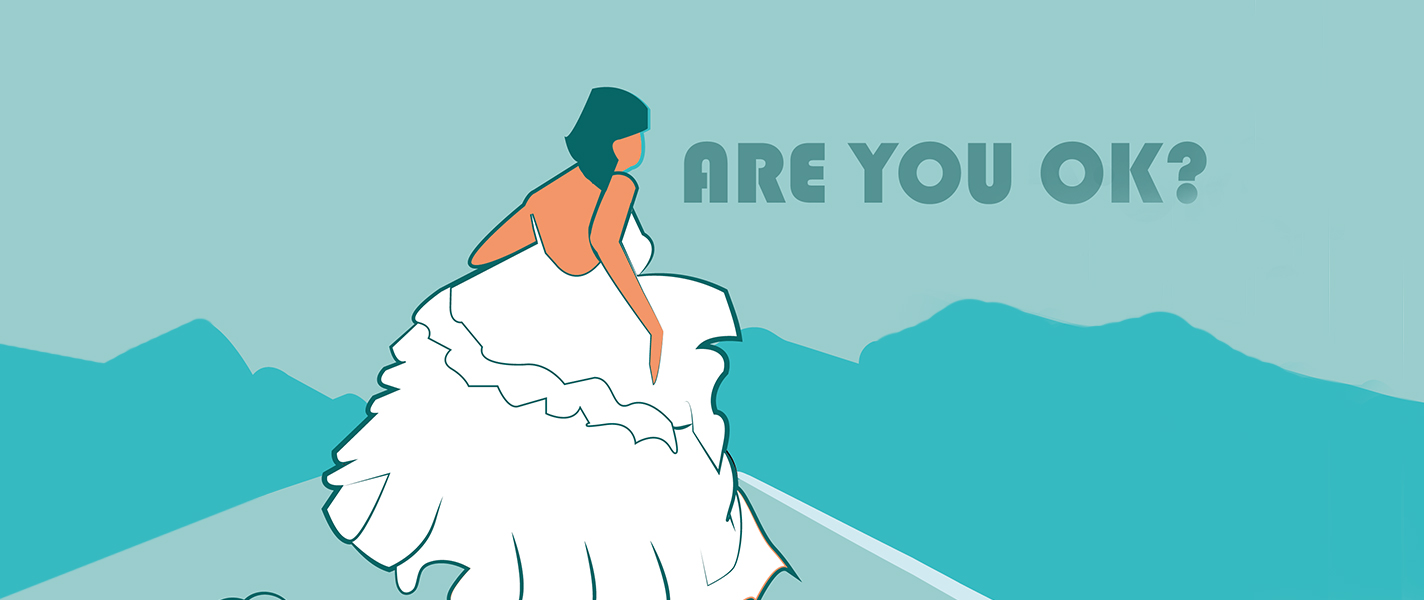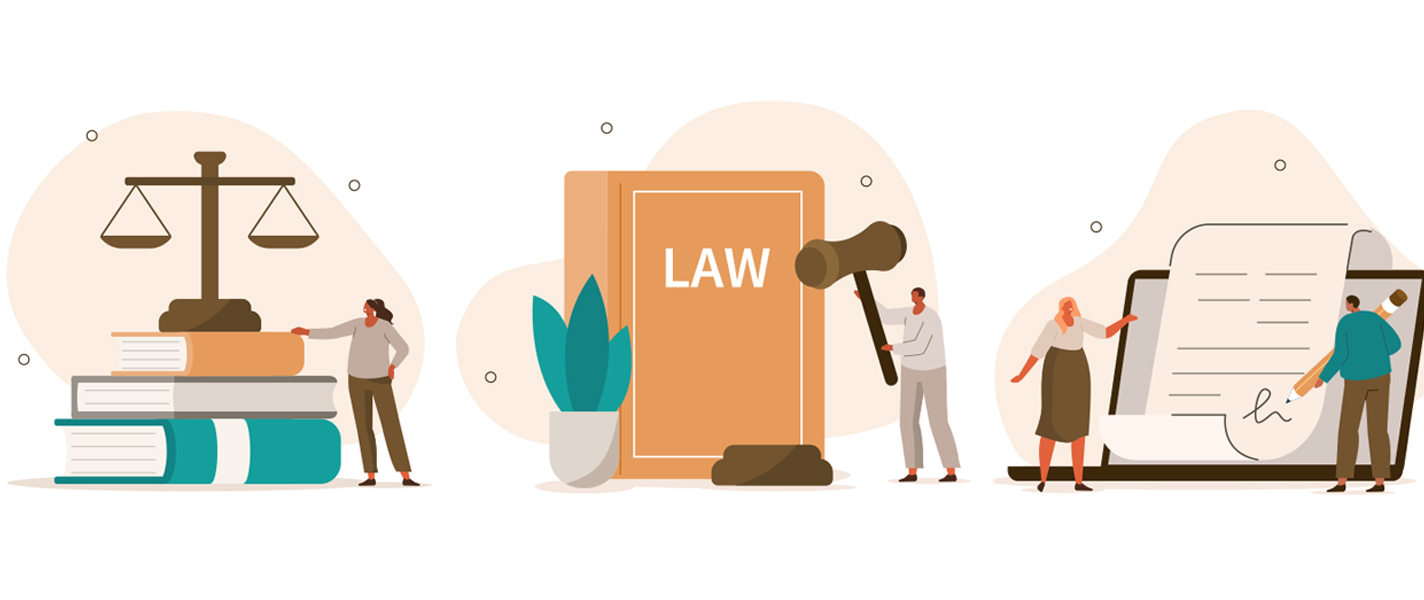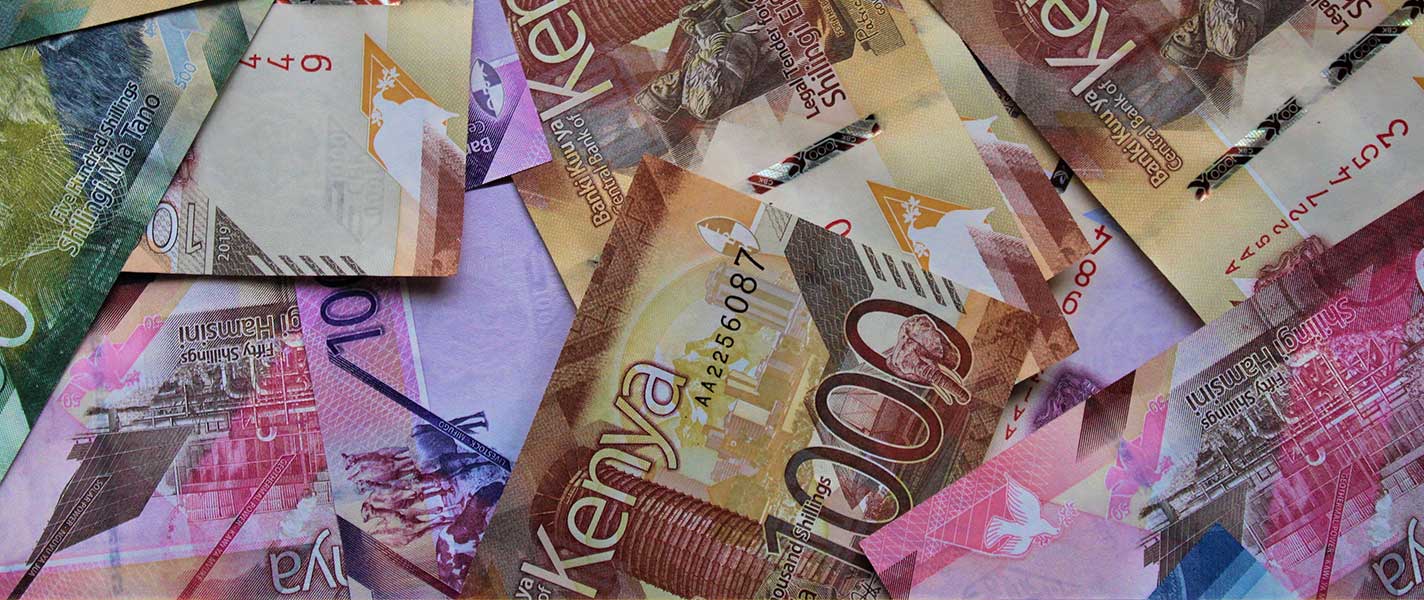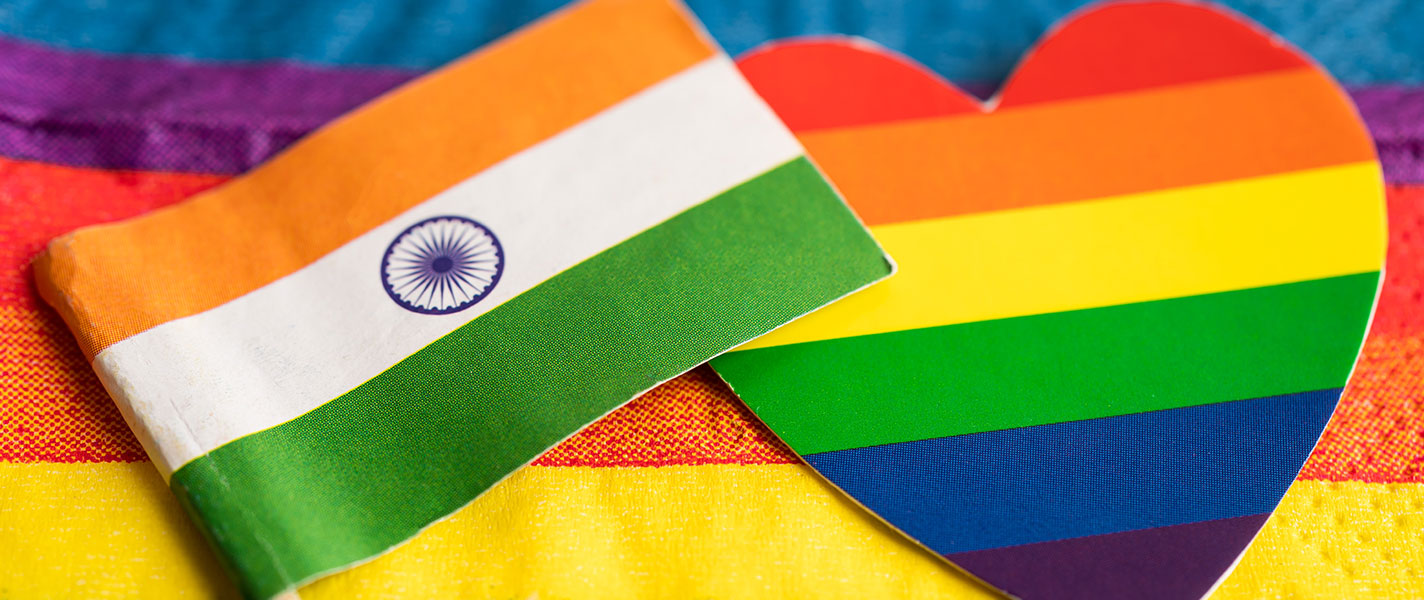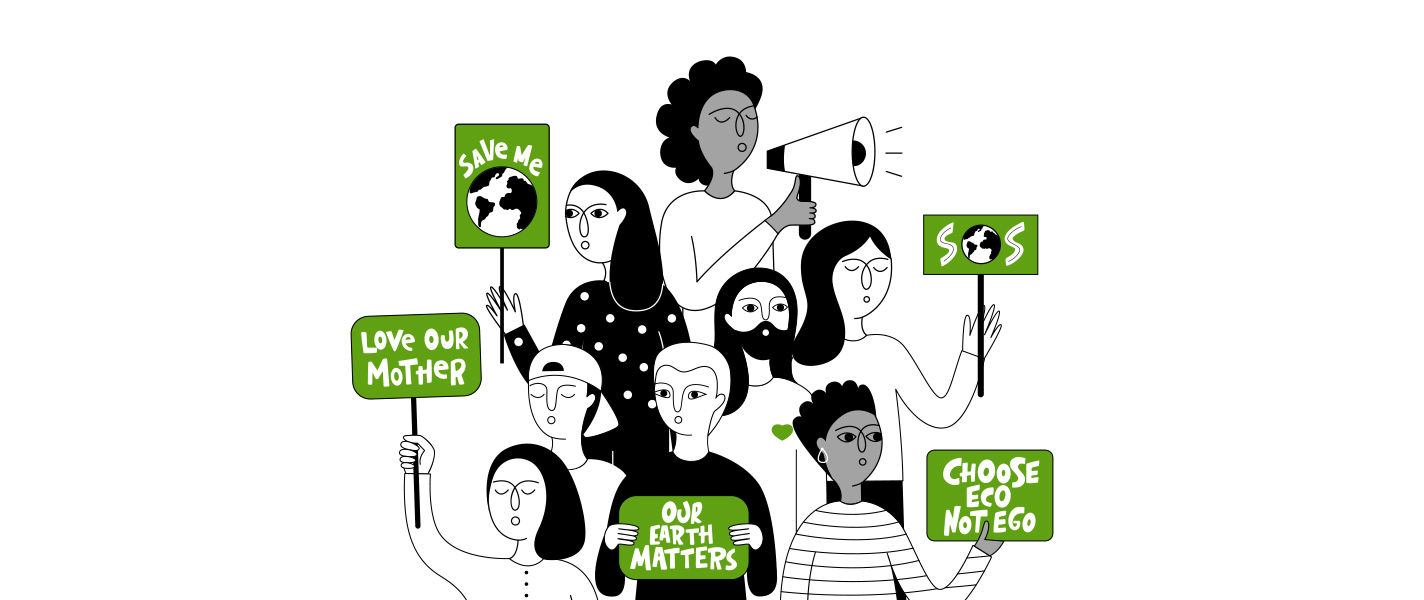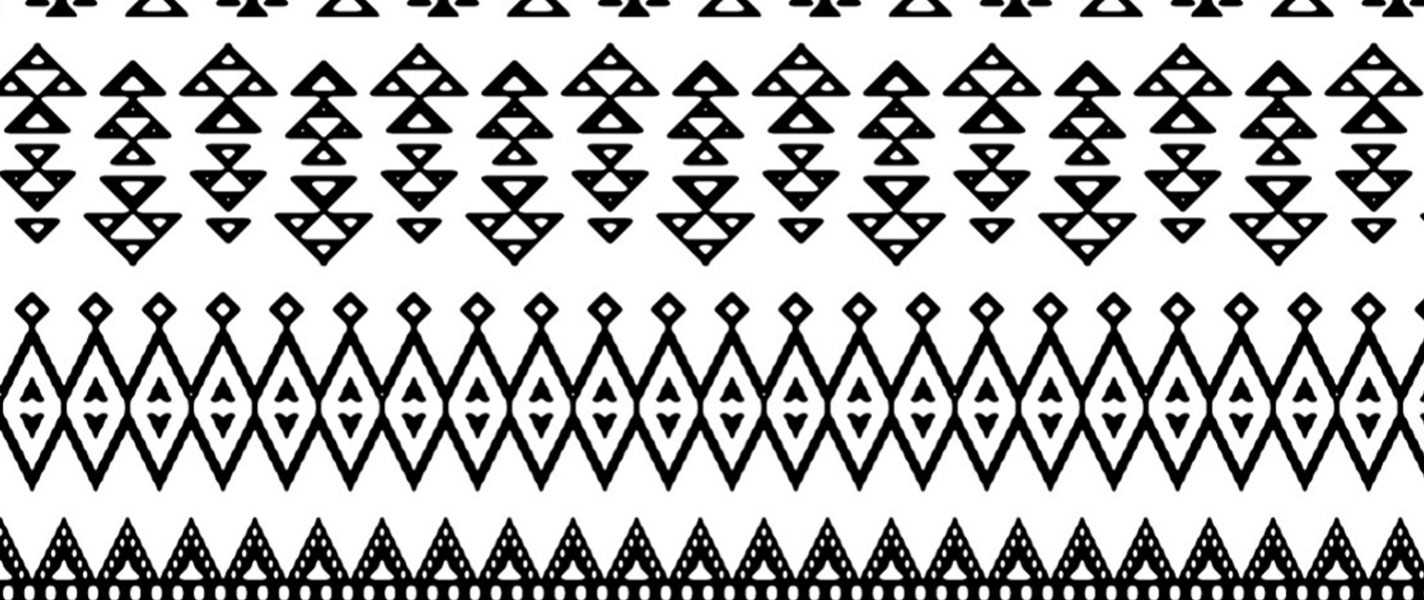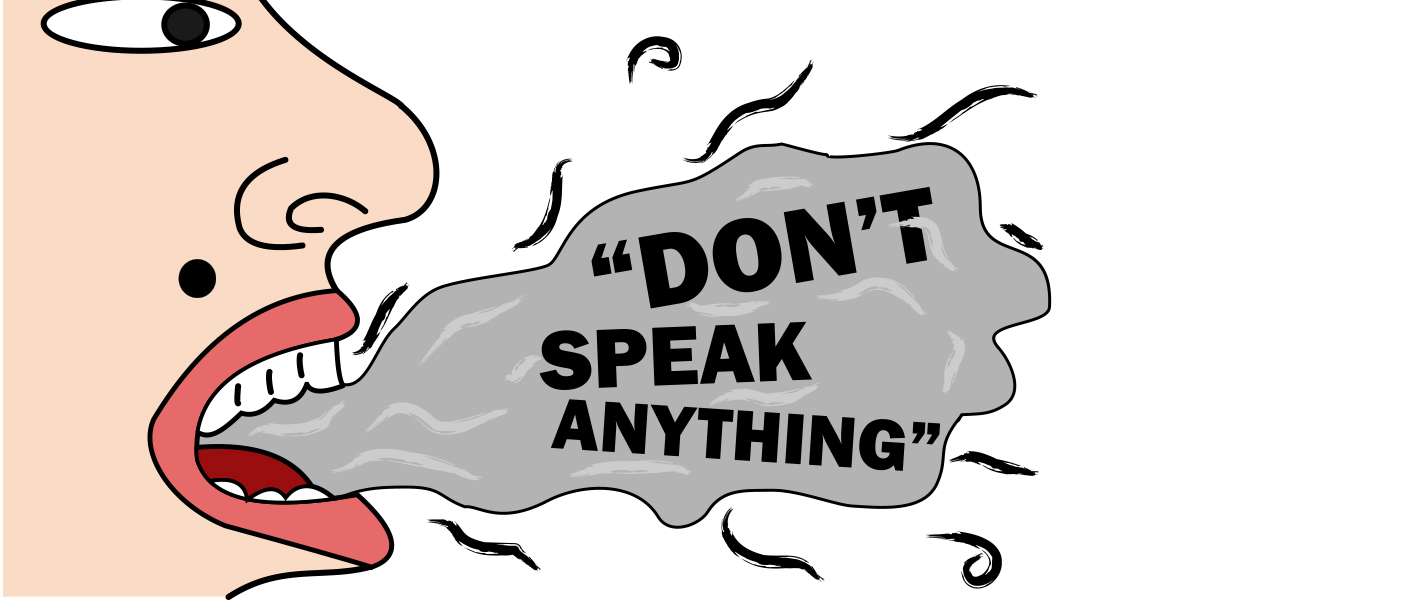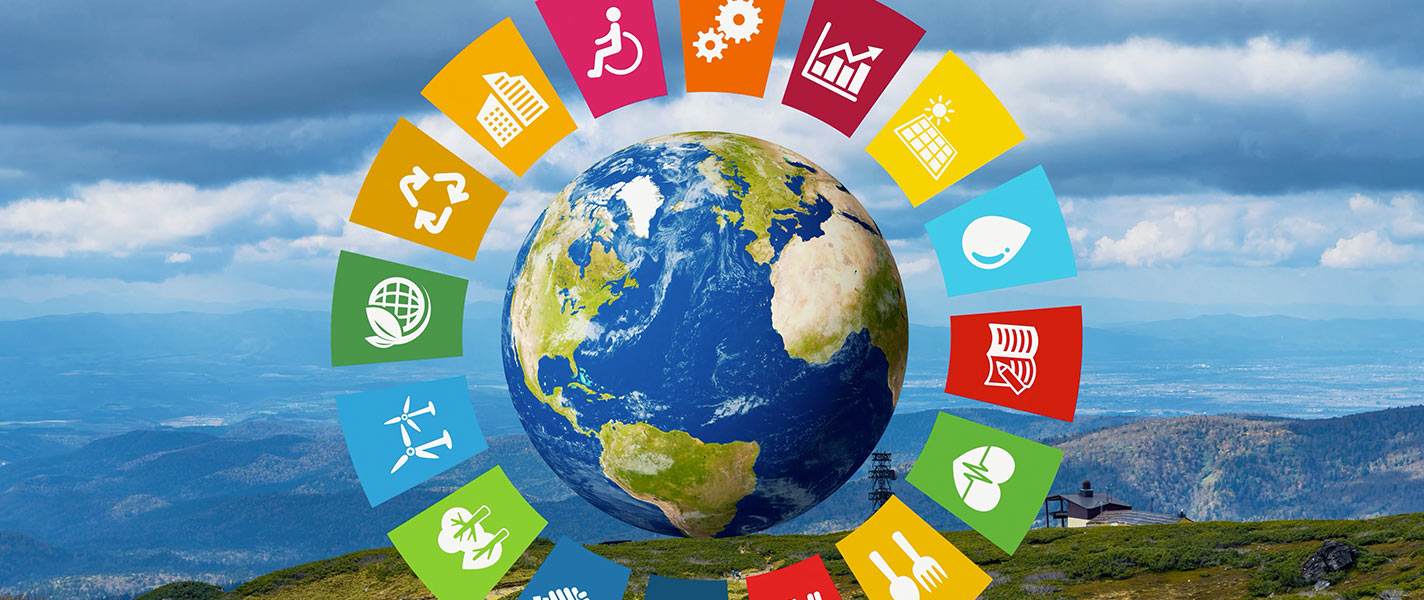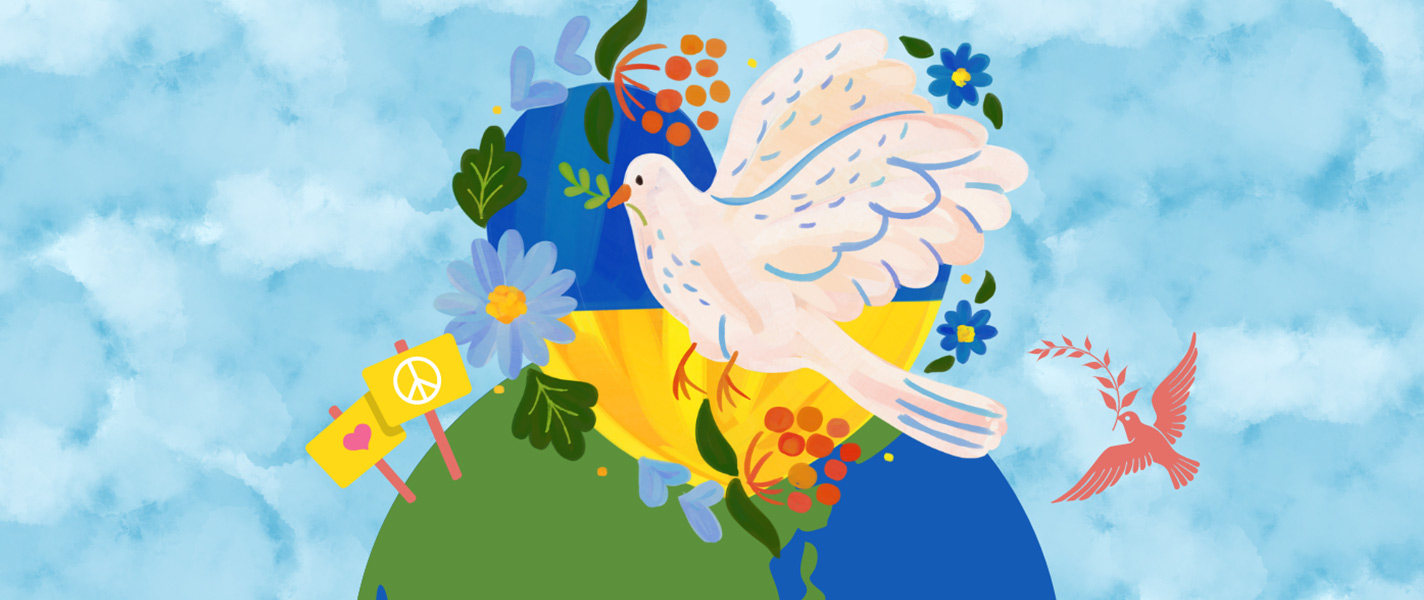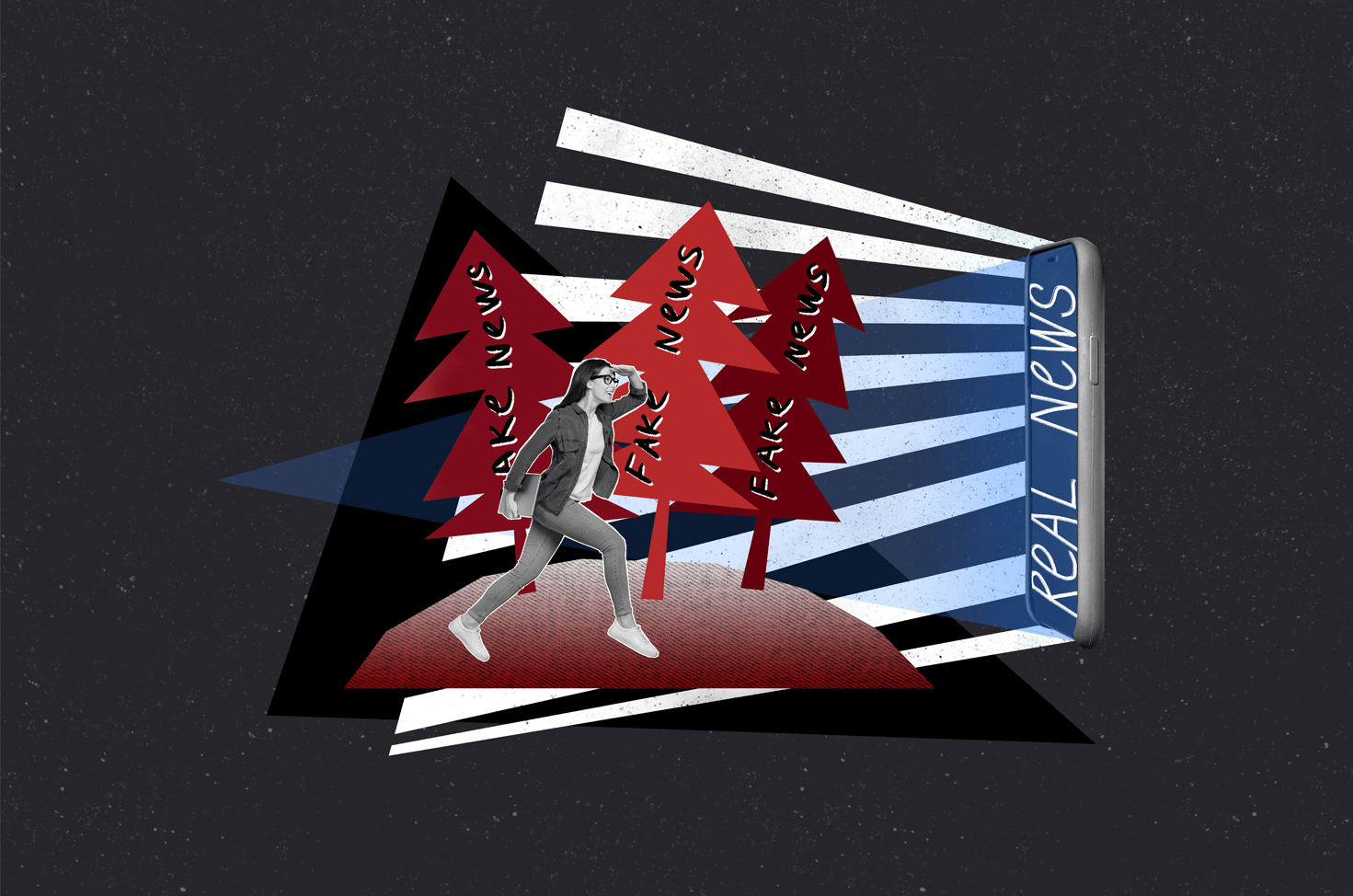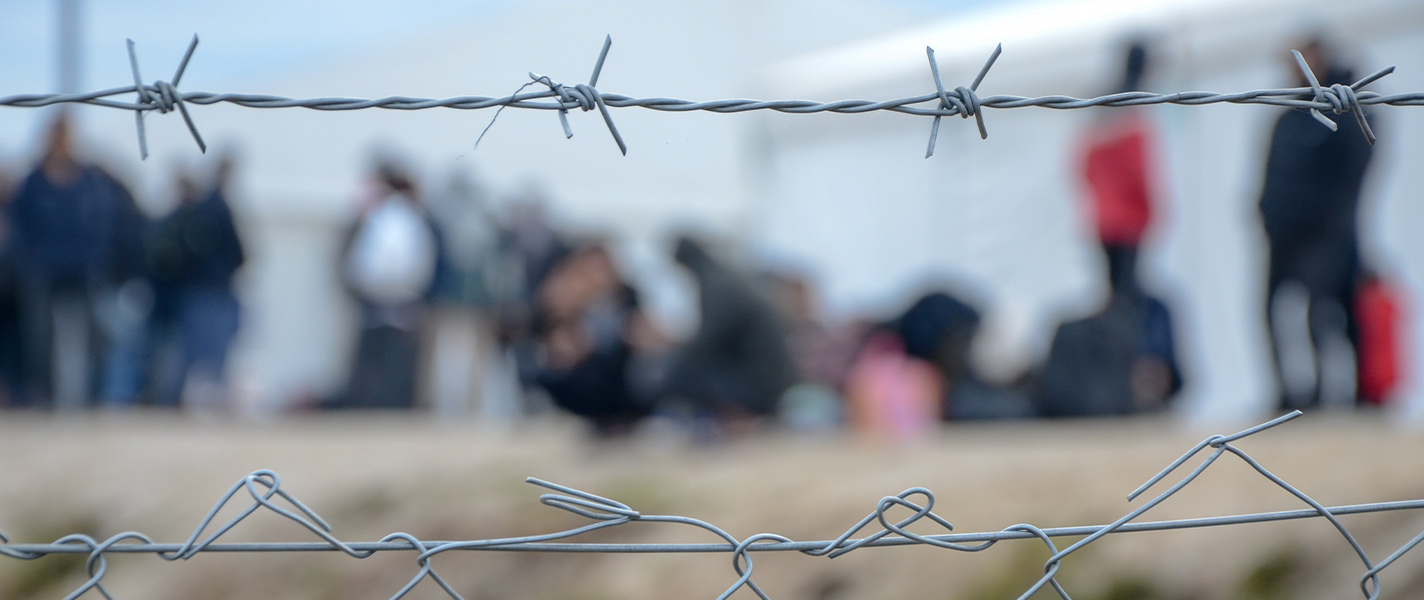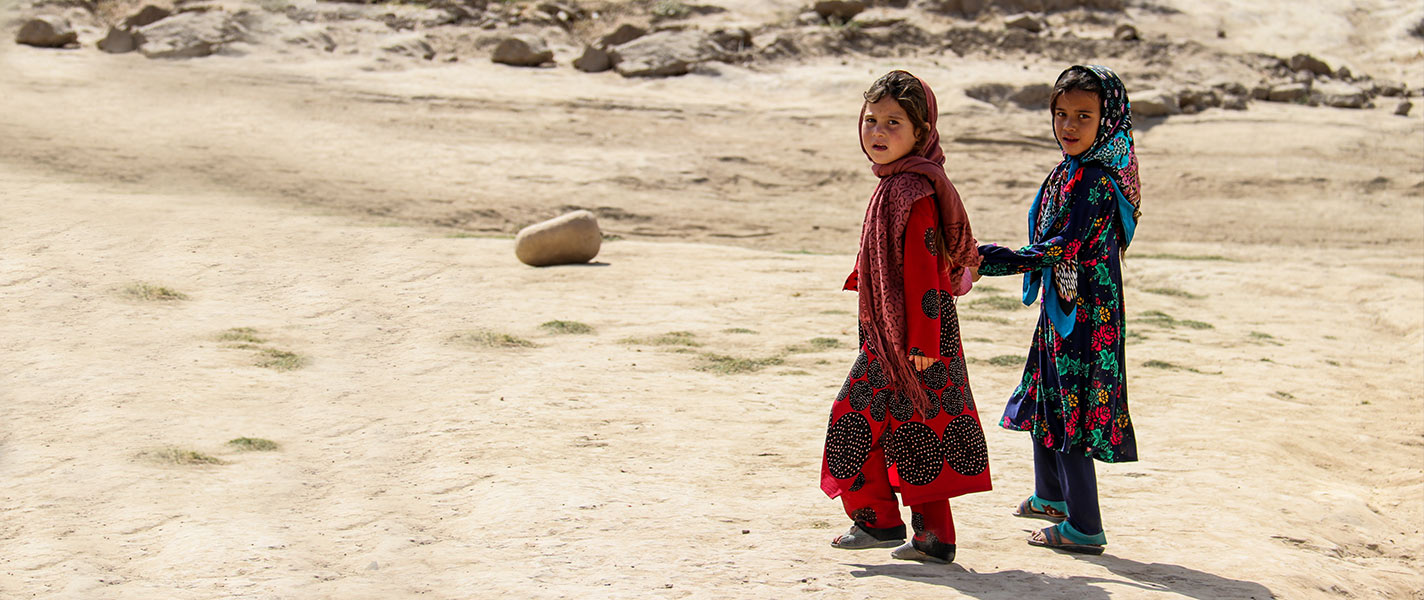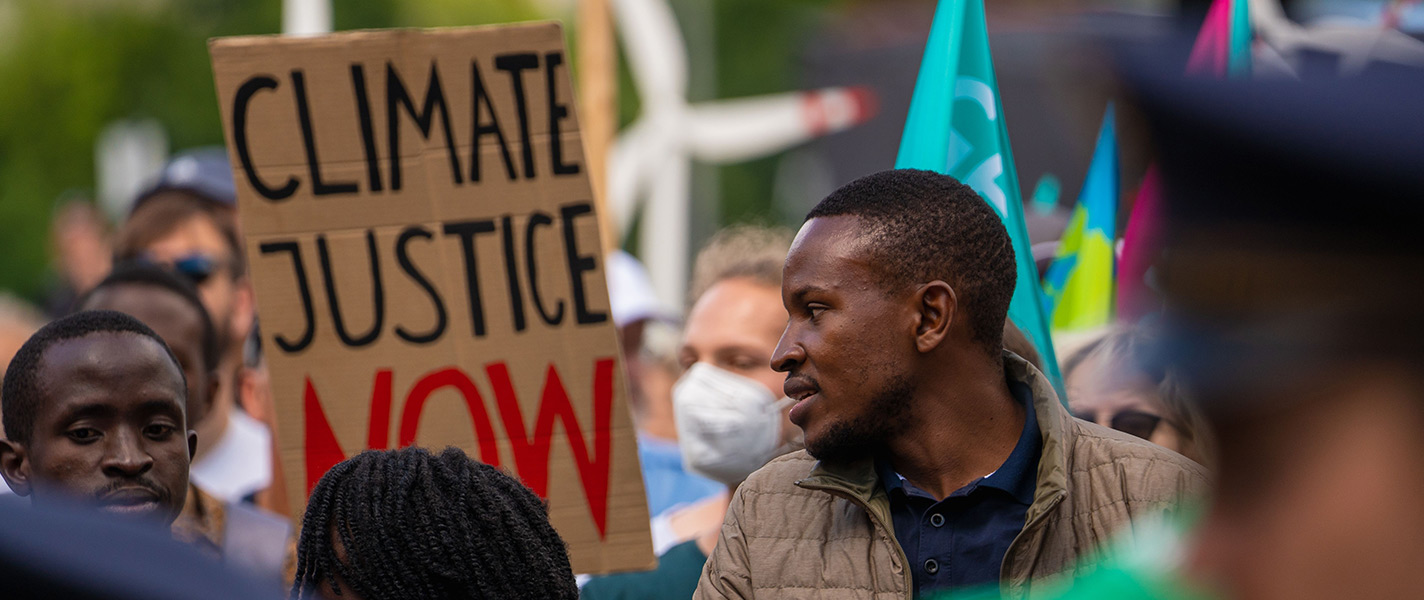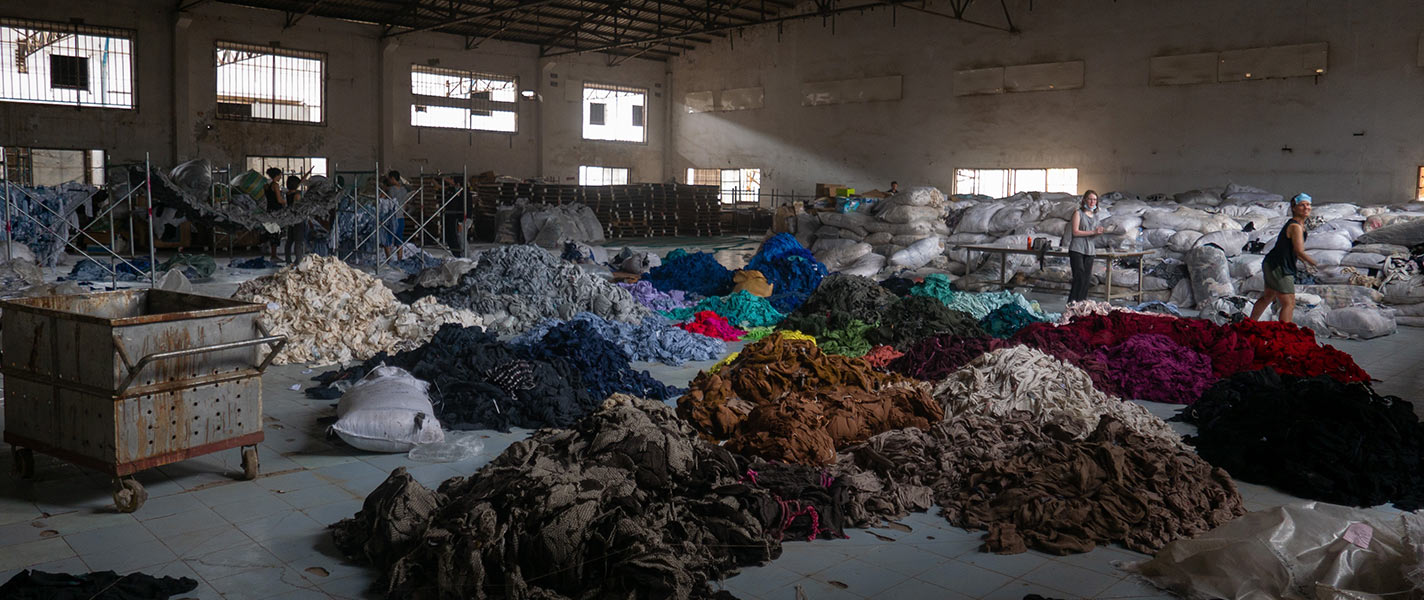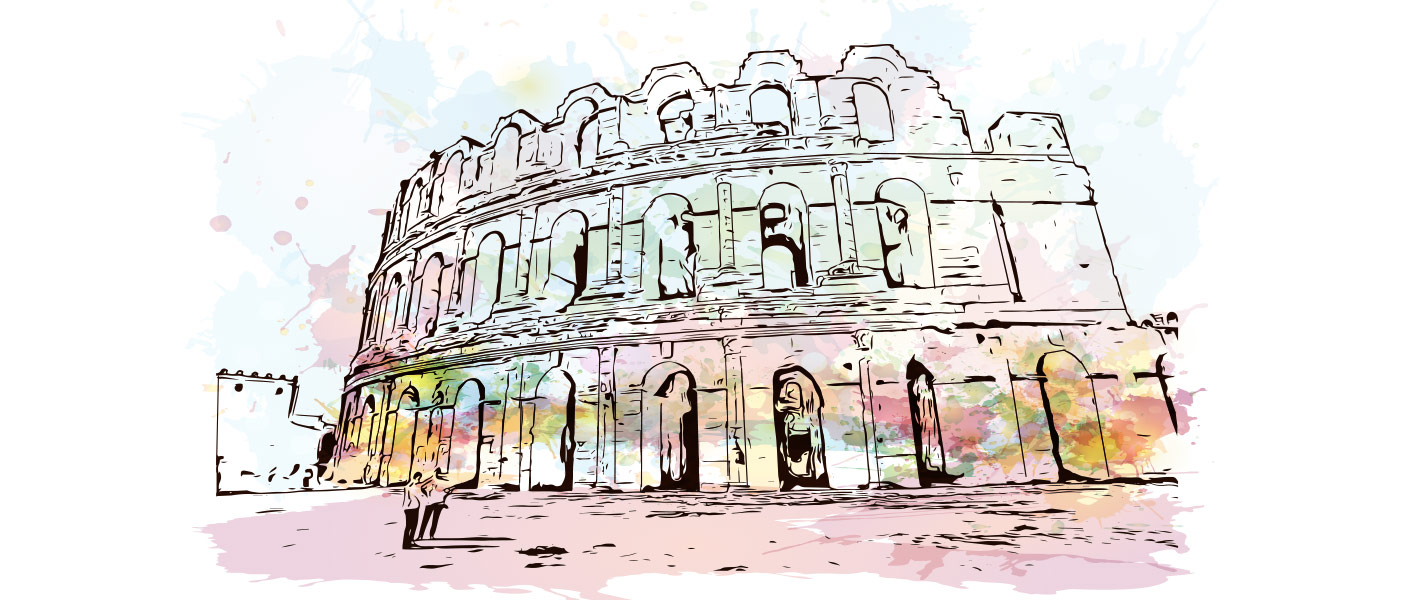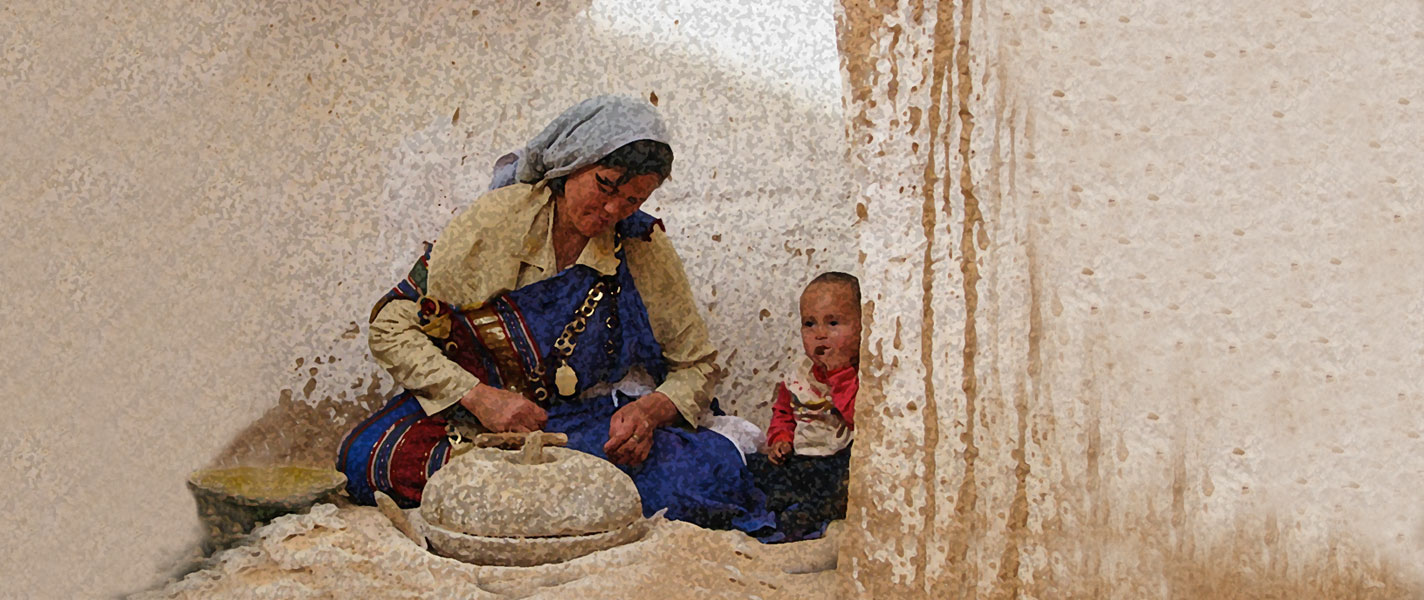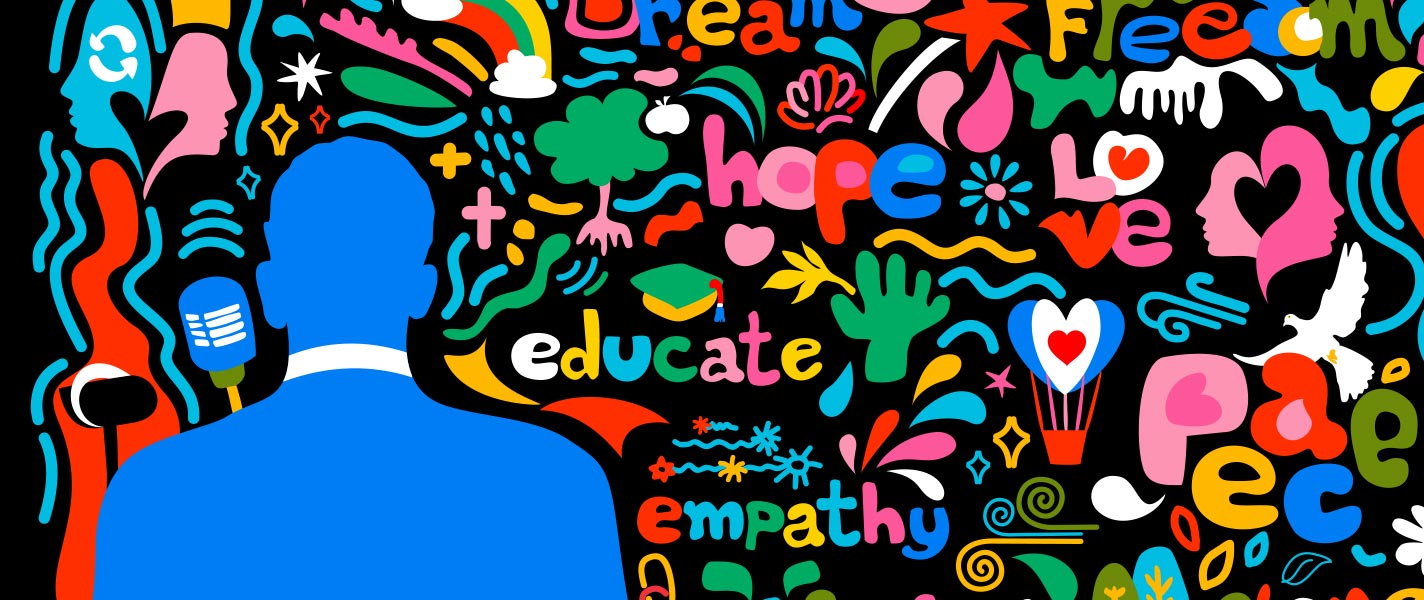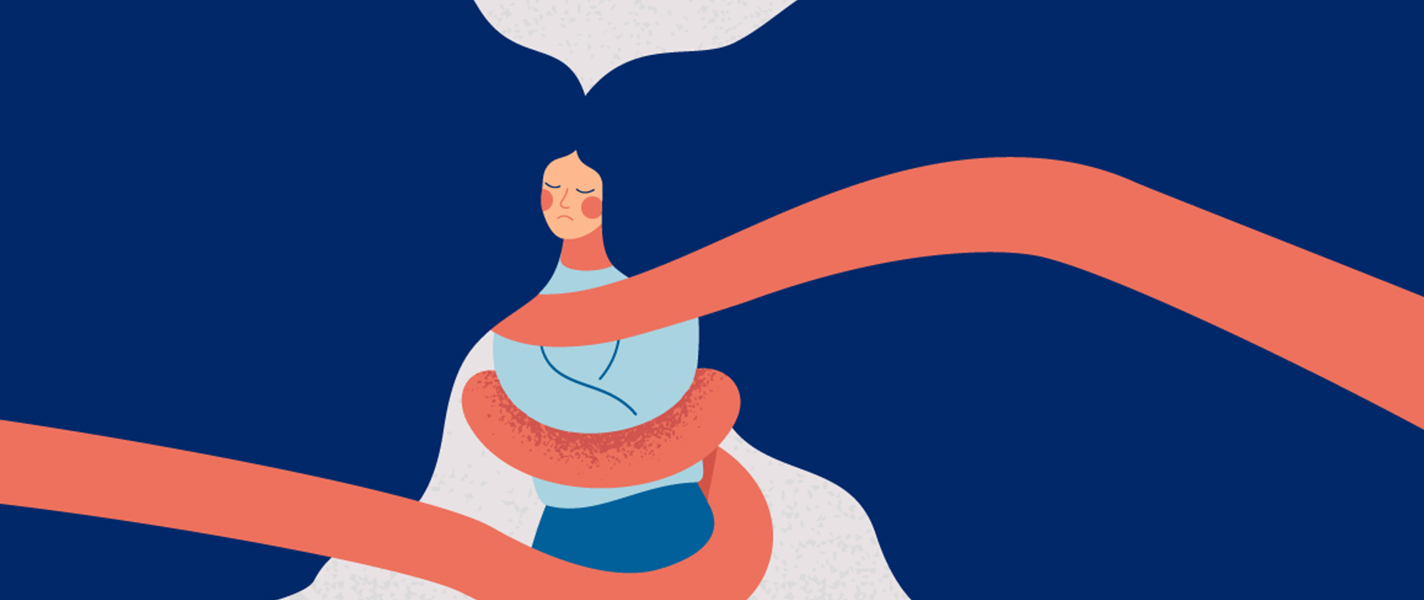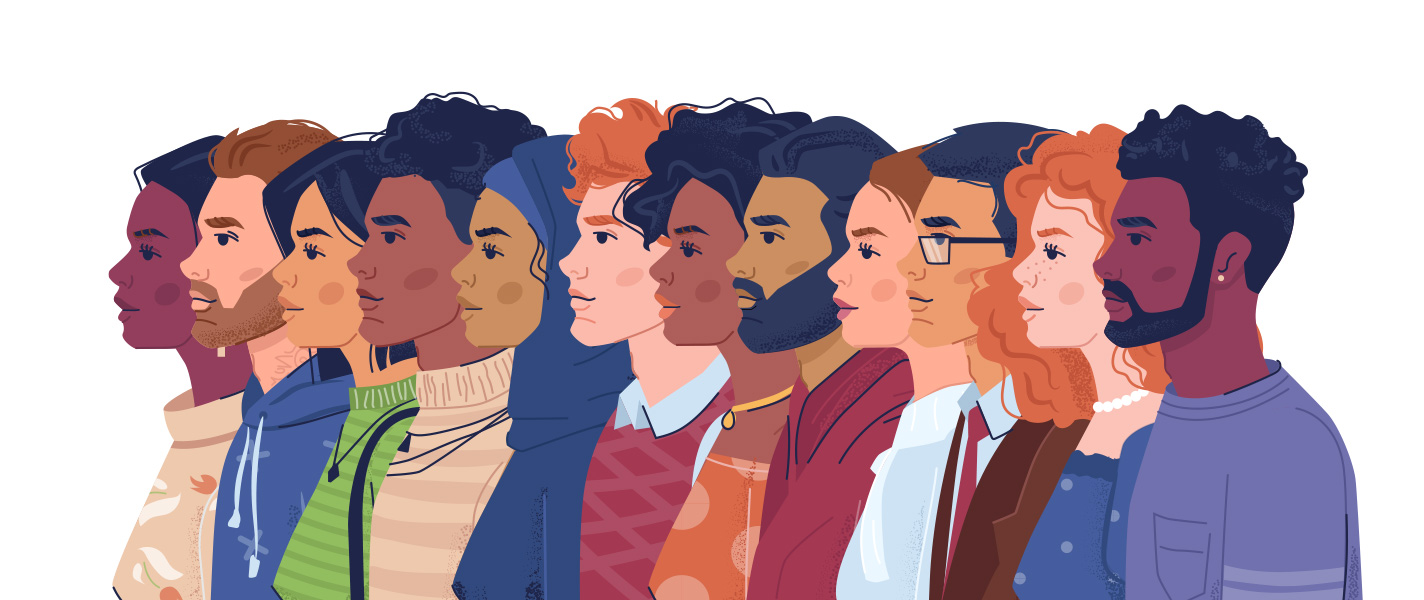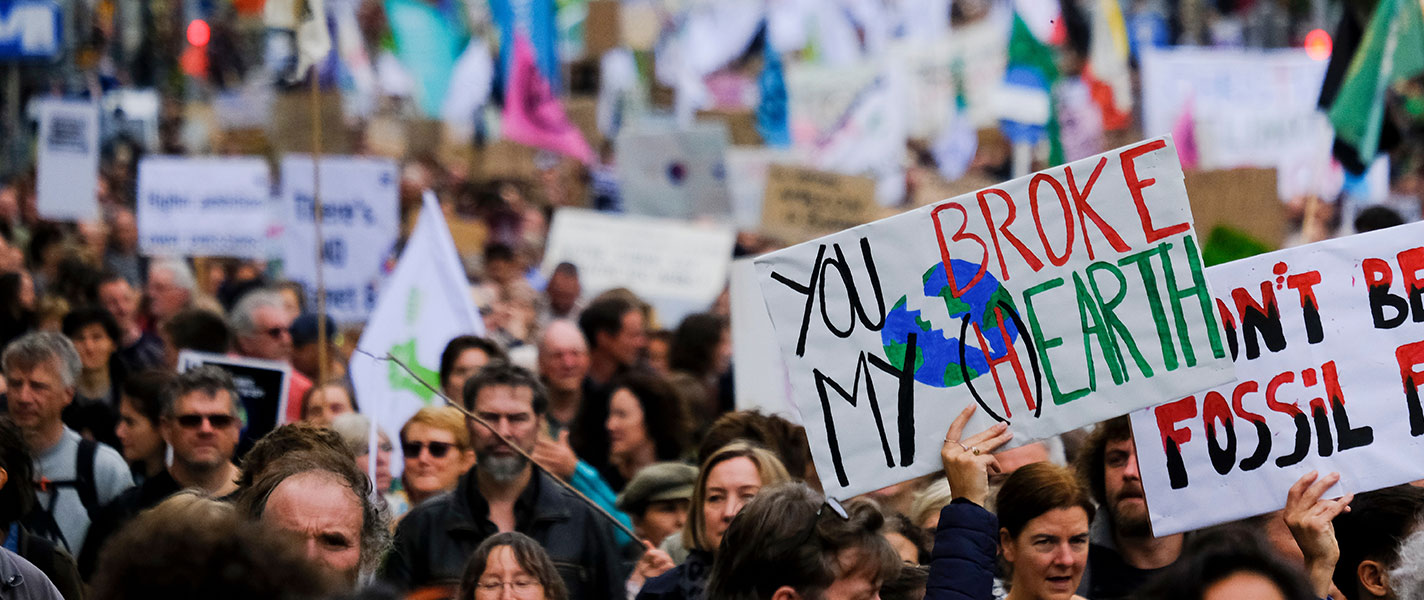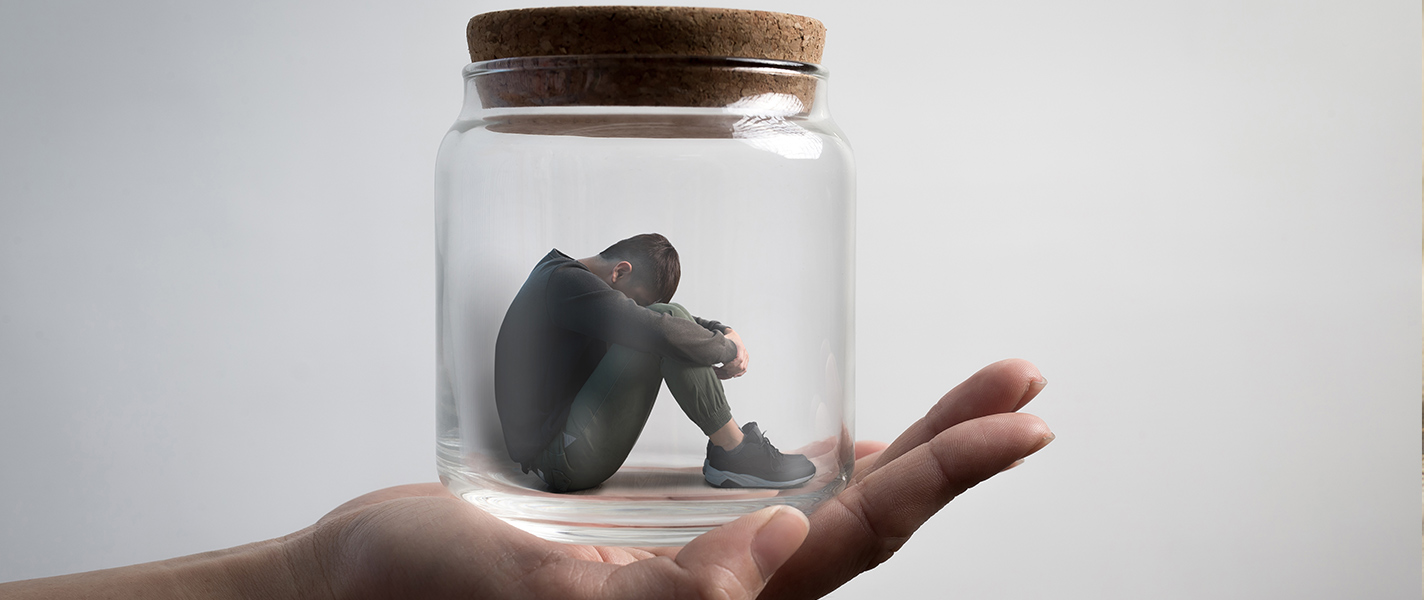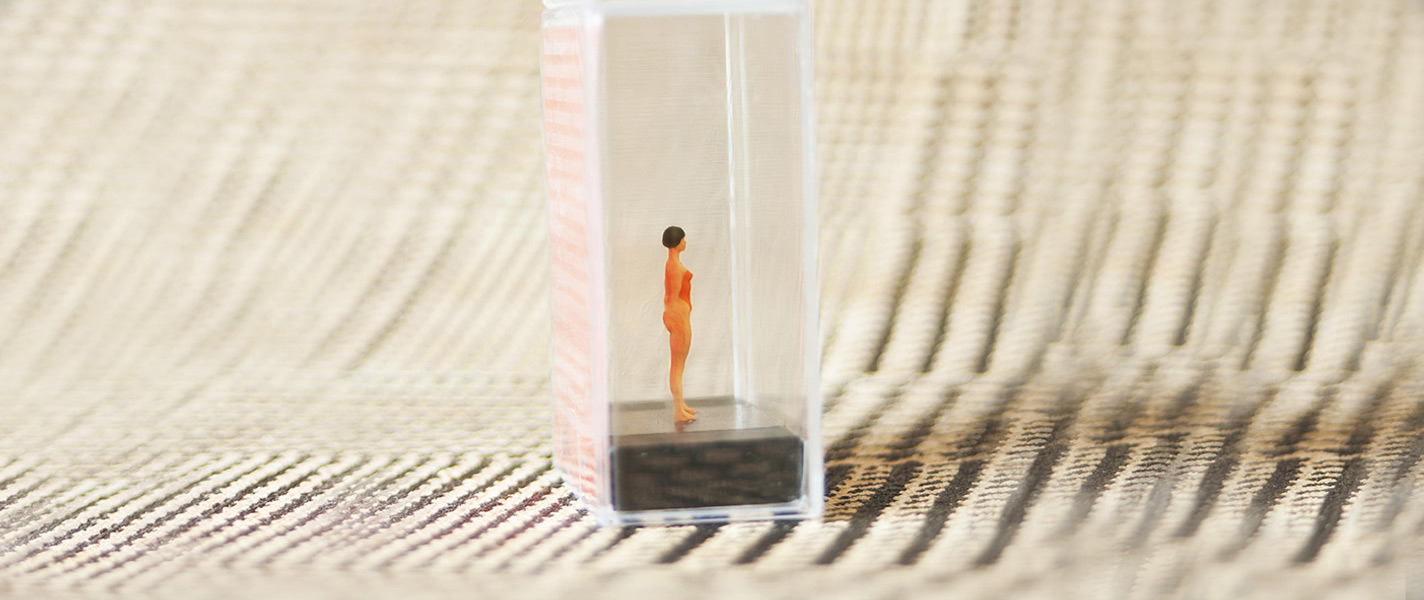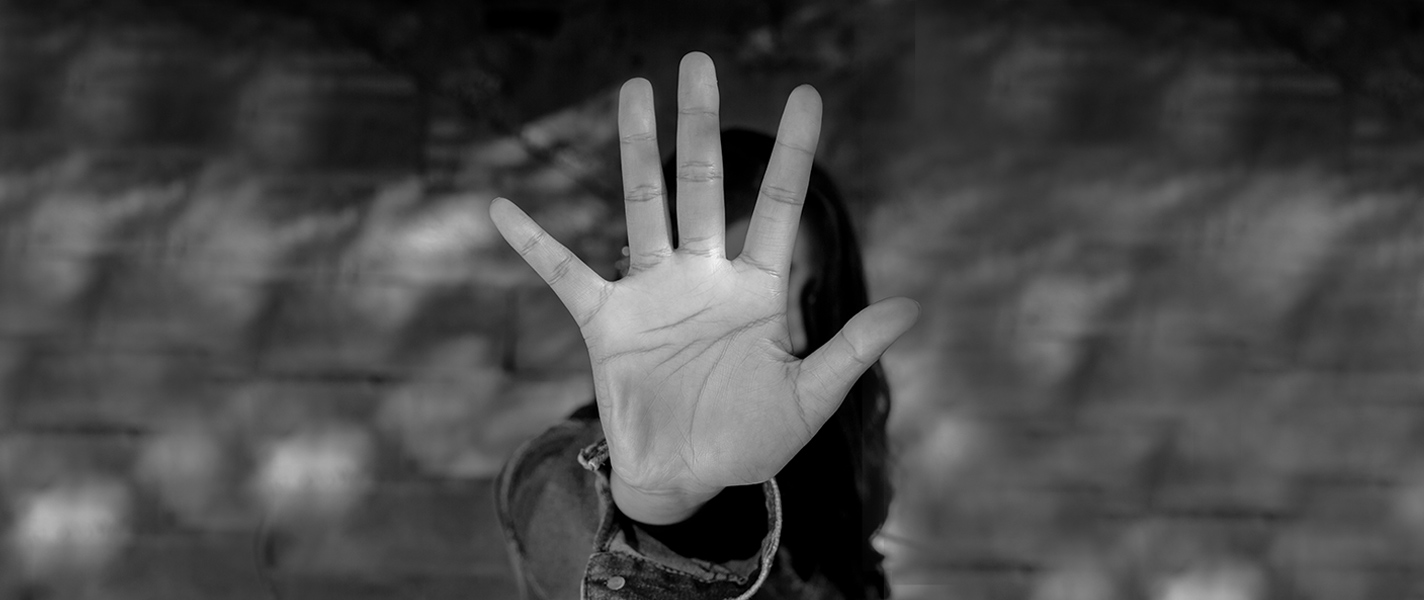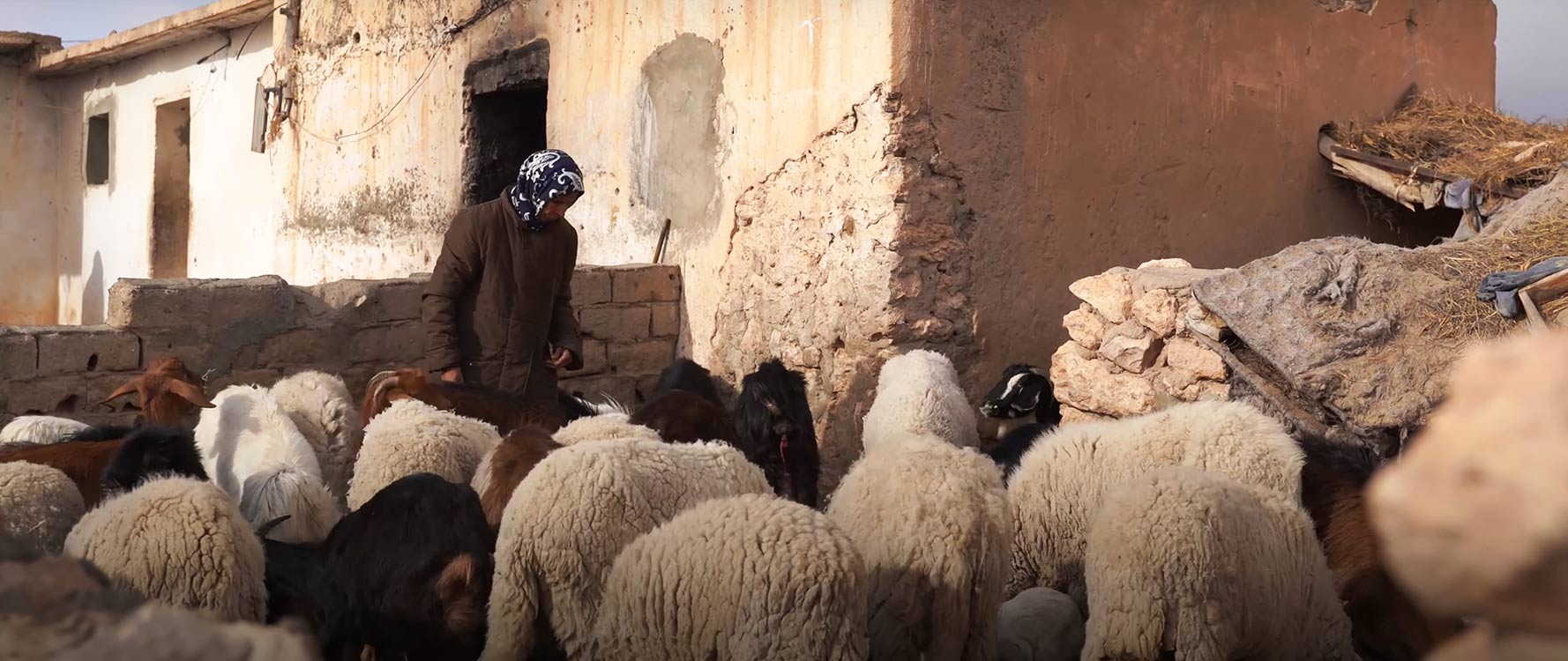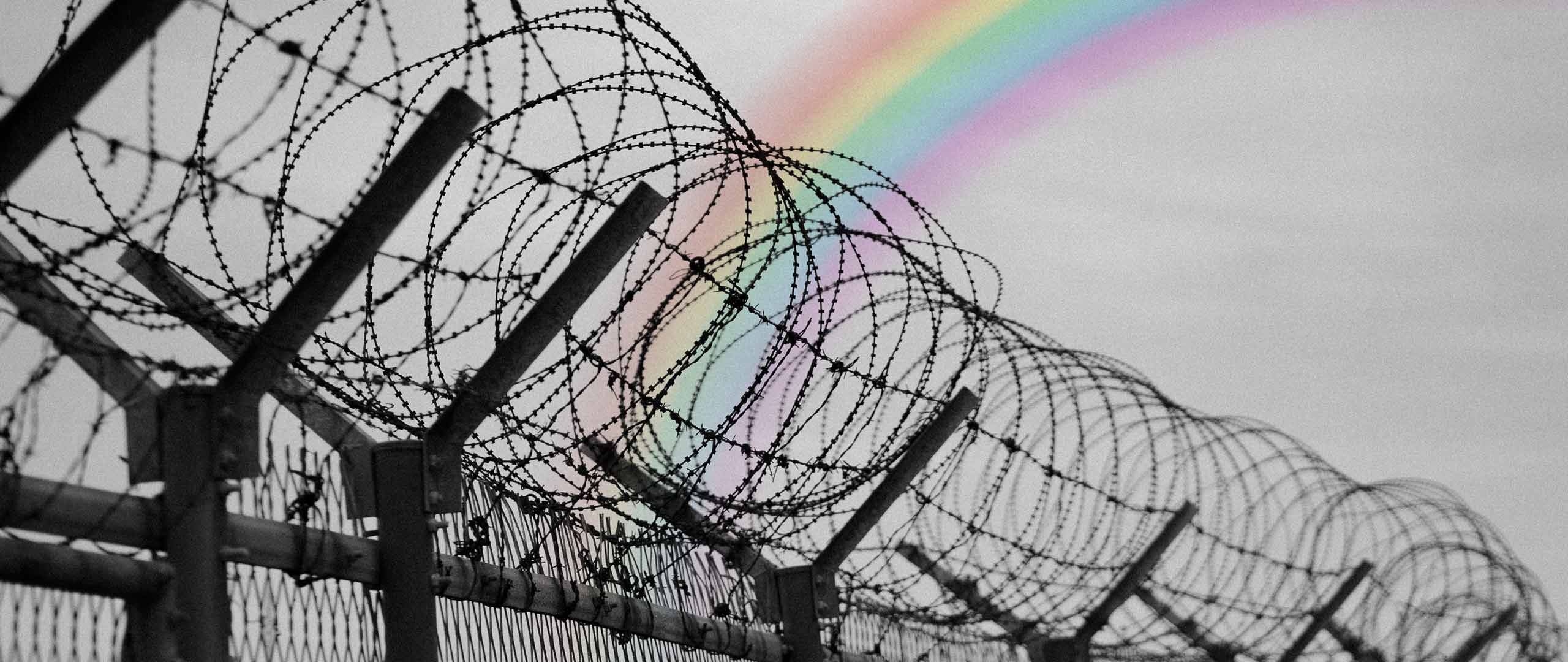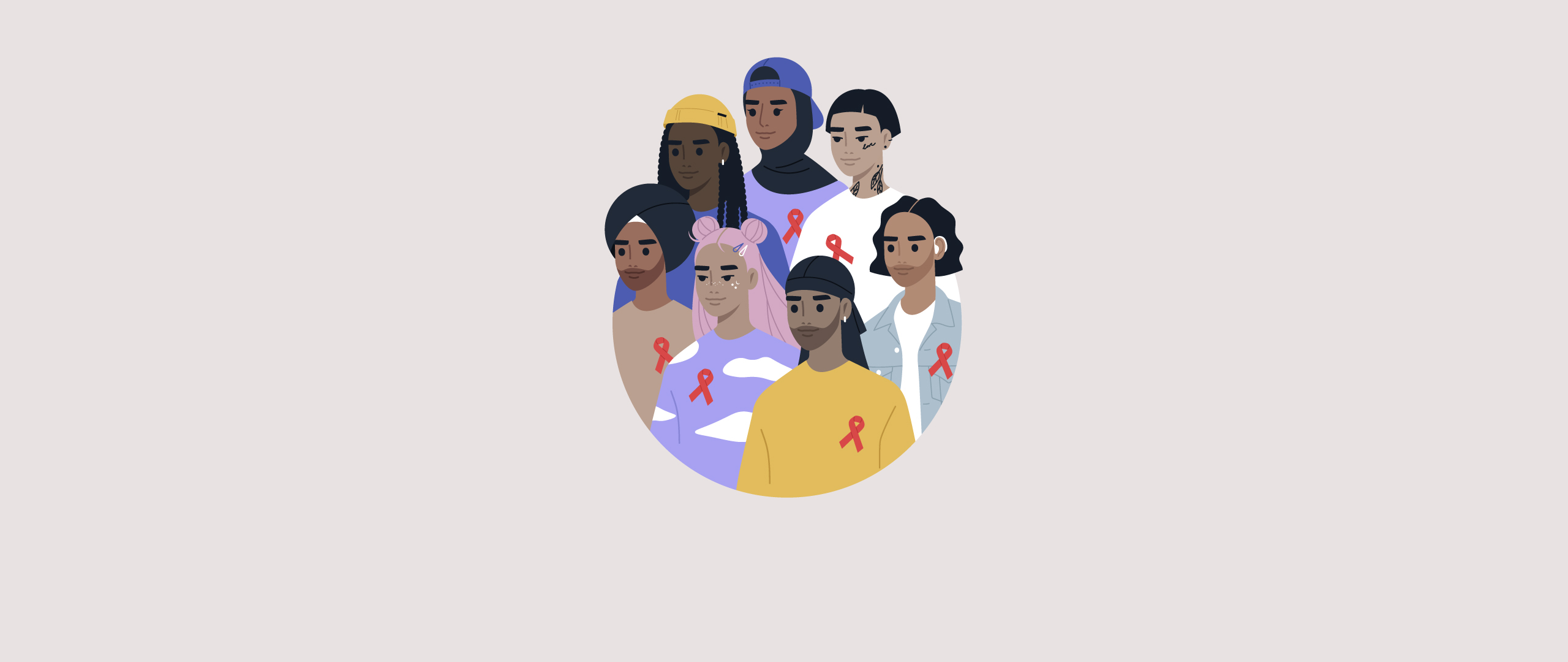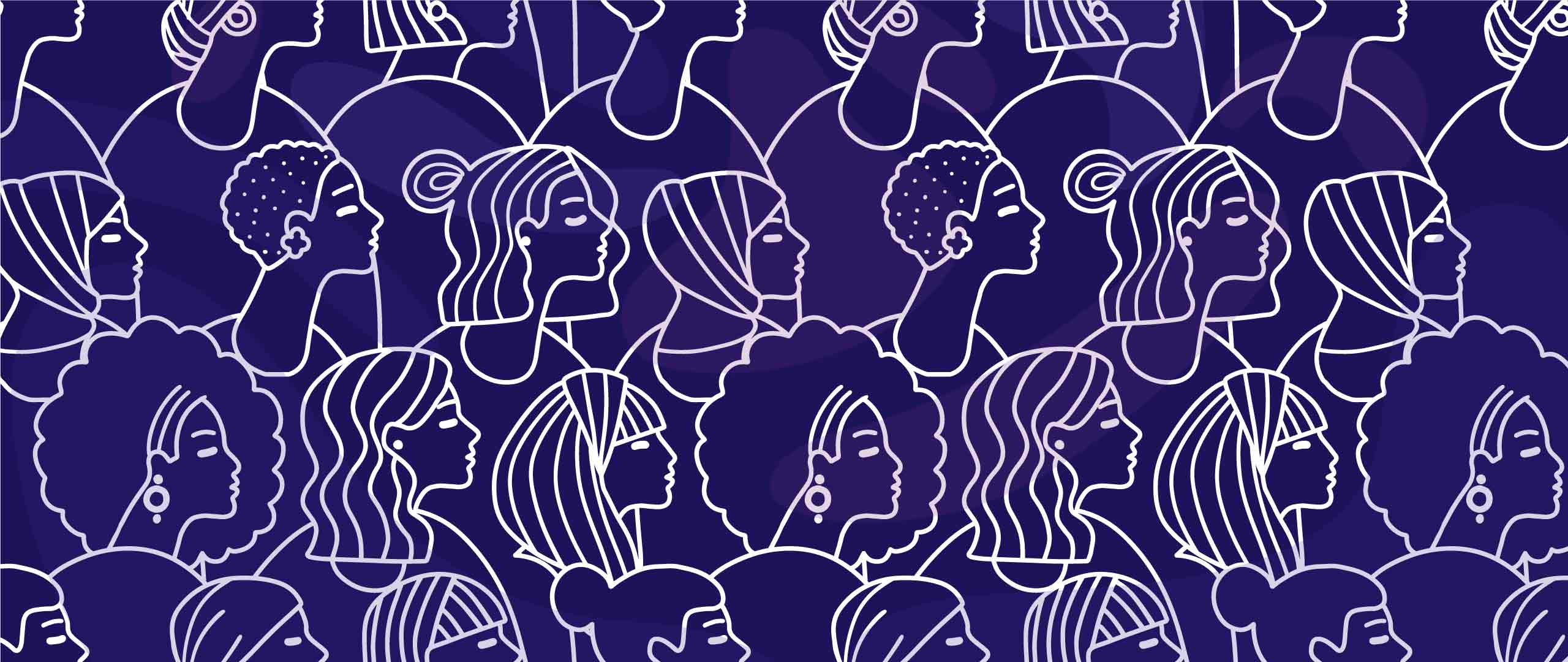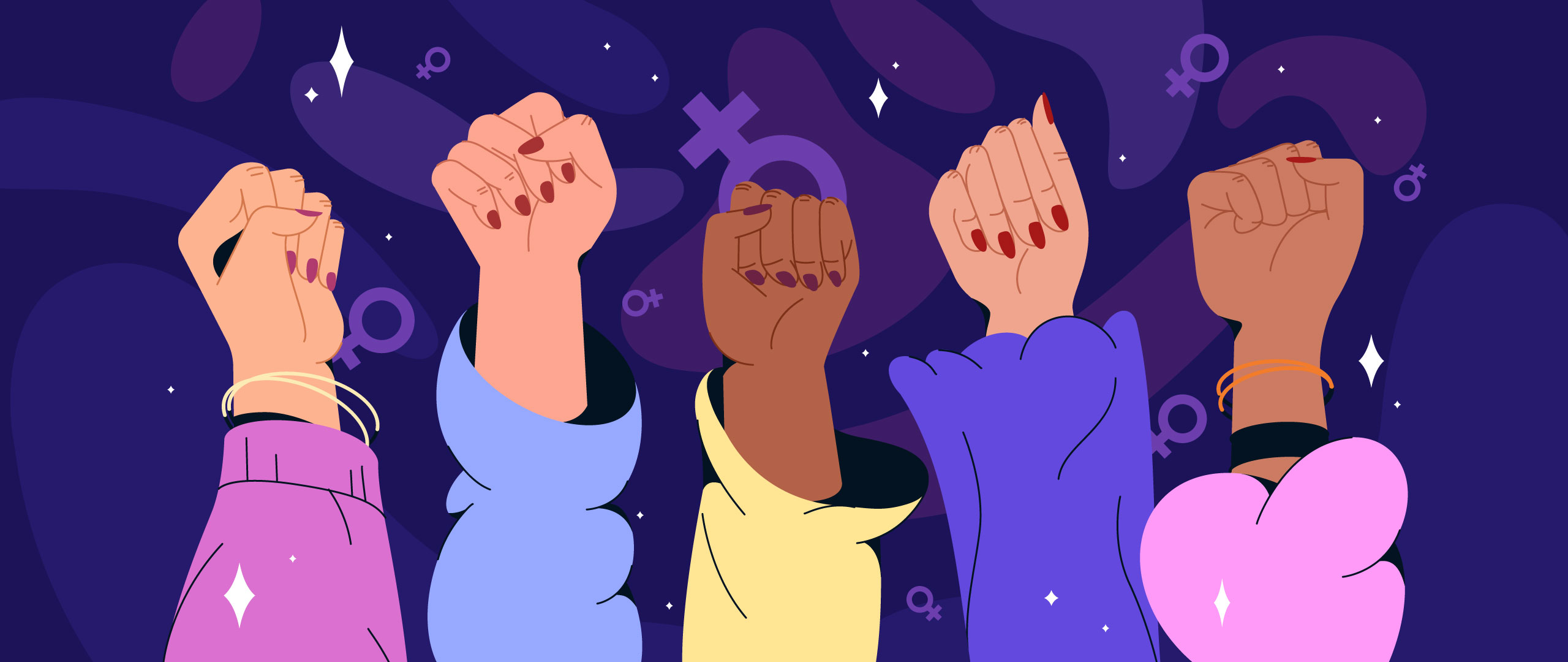Flee but Make Sure to Wear Pink!
Imagine having to flee your home country in pursuit of personal freedom and dignity only to be met with suspicion and rejection in the so-called “progressive countries”.
For its third edition of the Digital Saloons, LEED Initiative chose to shed light on LGBTQI+ refugees who have moved to so called “progressive” countries, highlighting their intimate and unfiltered stories and the challenging reality they face daily.
The last decade has witnessed tremendous advances in LGBTQI+ individuals’ rights and freedoms. With the legalization of same-sex marriage in 30 countries, the repeal of Don’t Ask, Don’t Tell Act of 2010, and the pass of the Equality Act in 2019, one can say that a good and solid foundation to fight for the acquisition of more rights for the LGBTQI+ community has been established.
However, this is paralleled by a drastic deterioration in these rights in other parts of the world. Indeed, according to a study made by Johannes Lukas Gartner, over 175 million queer individuals worldwide are estimated to live under persecutory environments. These conditions have propelled many LGBTQI+ and non-gender conforming individuals to flee their countries, seeking refuge in the ostensibly more progressive, tolerant and rights-given Western countries. Only to their dismay, post-migration processes in some cases subject LGBTQI+ individuals to the same or different but equally distressing conditions as the ones they faced in their home countries.
The Bumpy Road in Chase for Dignity
The testimonials of the Iraqi queer writer and critic Musa Al-Shadeedi and the human rights activist Zhiar Ali have claimed that many progressive countries have proven to show little to no respect to the dignity and human rights of asylum seekers on basis of sexual orientation.
According to them, this is this best manifested in the methods used to verify the claim of “homosexuality”, as authorities often conduct “gay tests”, judge by appearance, ask the refugee to prove their sexuality by showing footage of them engaging in same-sex sexual activity, or asking intrusive and insensitive questions. In simpler terms, to be granted asylum, queer refugees need to prove to immigration authorities and judiciaries that they are queer, that they fear persecution on the grounds of their sexuality, and that such fear is well-justified. More worthy of protection seem too often to be those petitioners who conform to essentialist, Western and hetero-normative stereotypes of queer individuals. In short, their beliefs can be translated into this slogan: “Flee but make sure to wear pink!”
The irony is that national authorities are allowed to assess the credibility of the statements made by the asylum seeker, but these assessment procedures should not violate the applicant’s rights to human dignity as well as private and family life. Unfortunately, Asylum authorities seem to be unaware of the complexities surrounding the expression of sexual and gender identity.
Furthermore, many queer refugees recounted incidents where they were subjected to systemic homophobia and racism, such as that encountered in emergency shelters they are forced to live in, in their quest to secure a job or in accessing social services and healthcare. Systemic homophobia, racism, violence, hostility, rejection, loneliness, isolation, unstable environment and economic insecurity that the LGBTQI+ communities face can have quite detrimental and deteriorating effects on their mental health, leading them to often experience depression, anxiety, panic attacks, Post Traumatic Stress Disorder and substance abuse. The incidence of diagnoses varies with different populations and their experiences.
In conclusion, one might assume that LGBTQI+ asylum seekers’ transition in progressive countries is quite smooth, but the truth is far from reality. Their truth is not only forgotten once, but twice.
